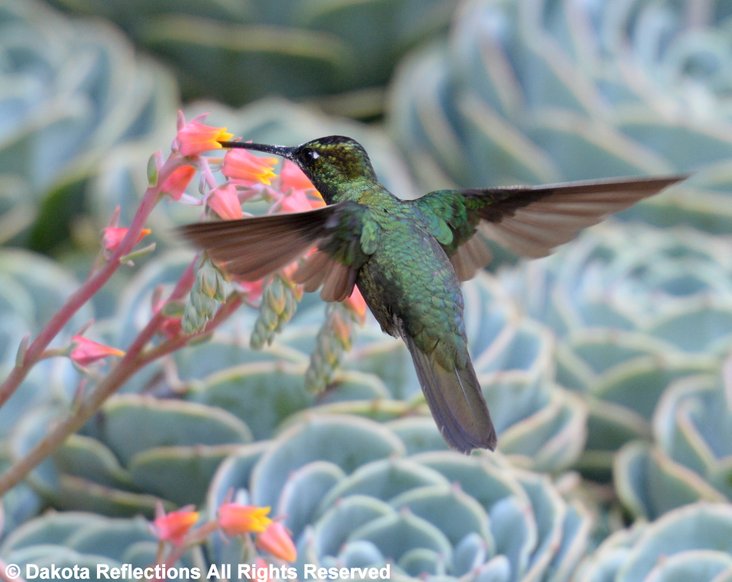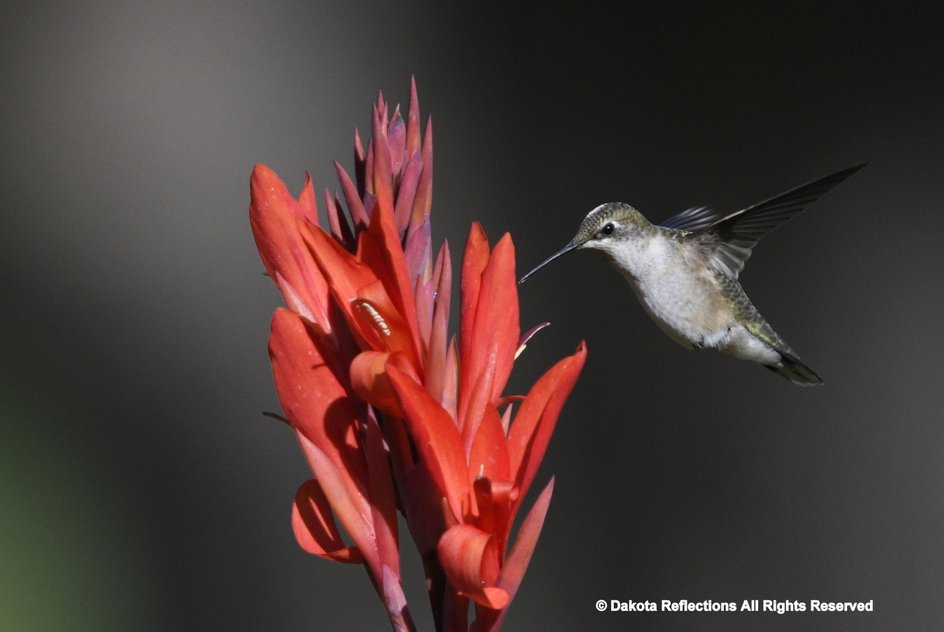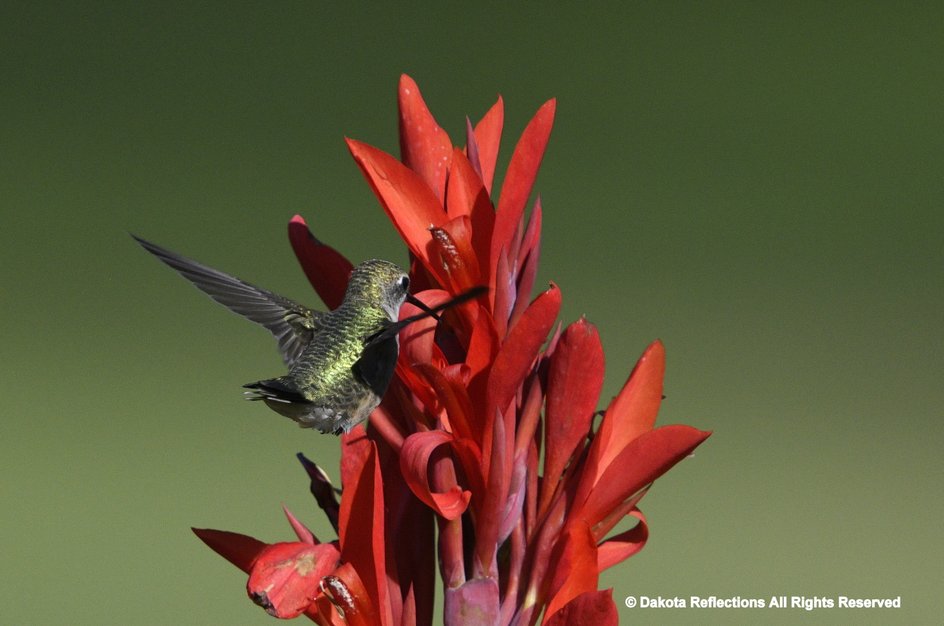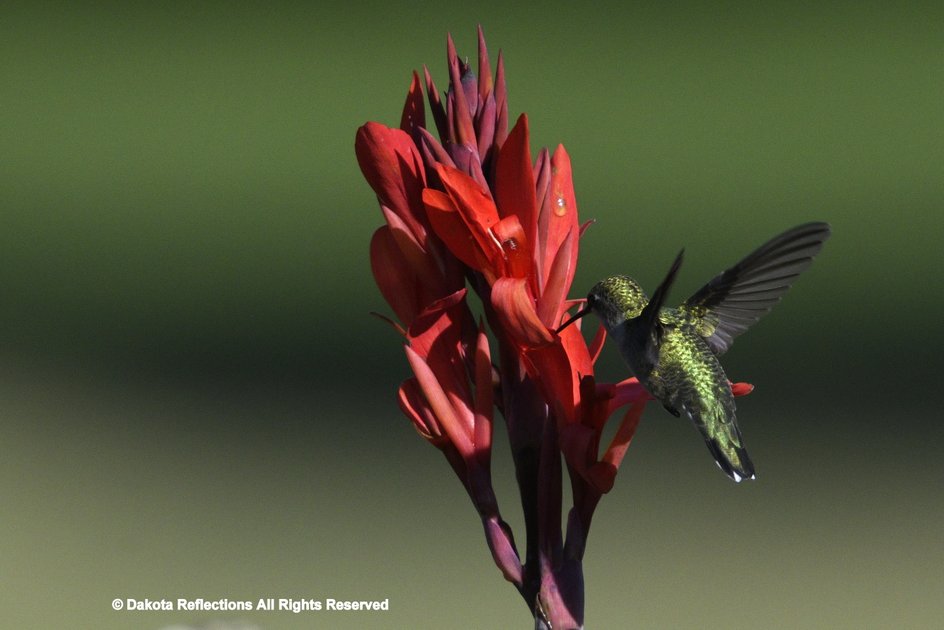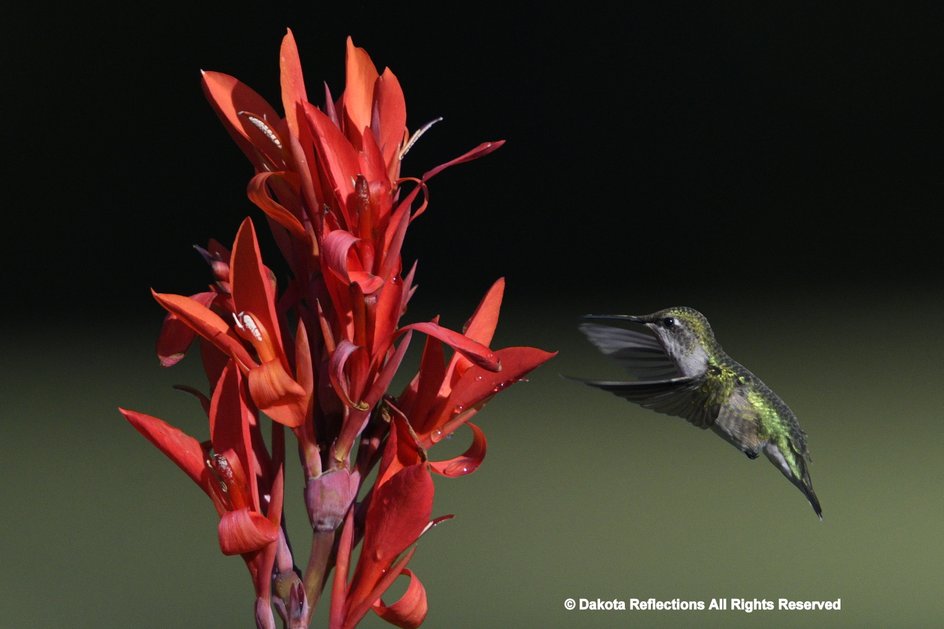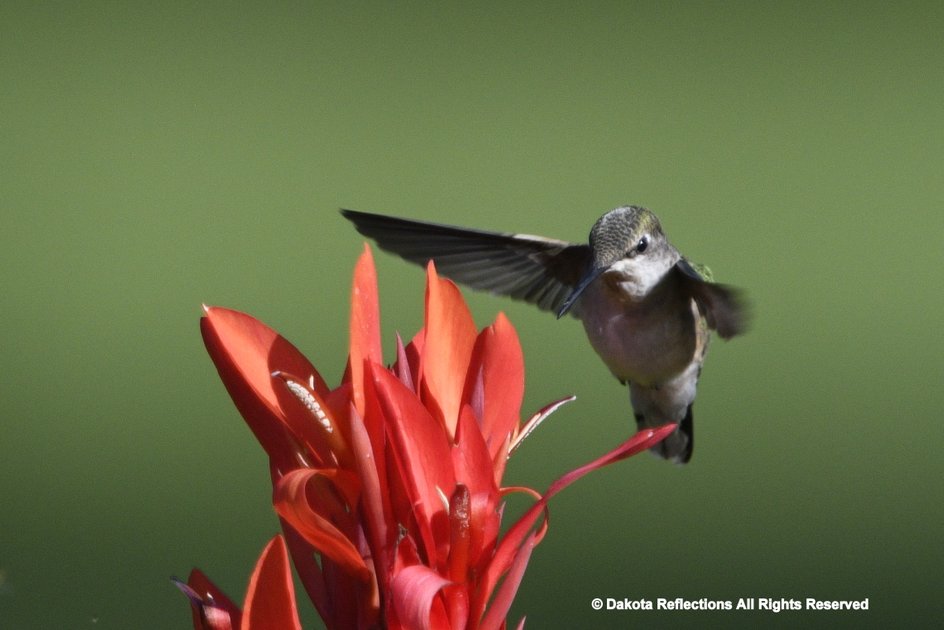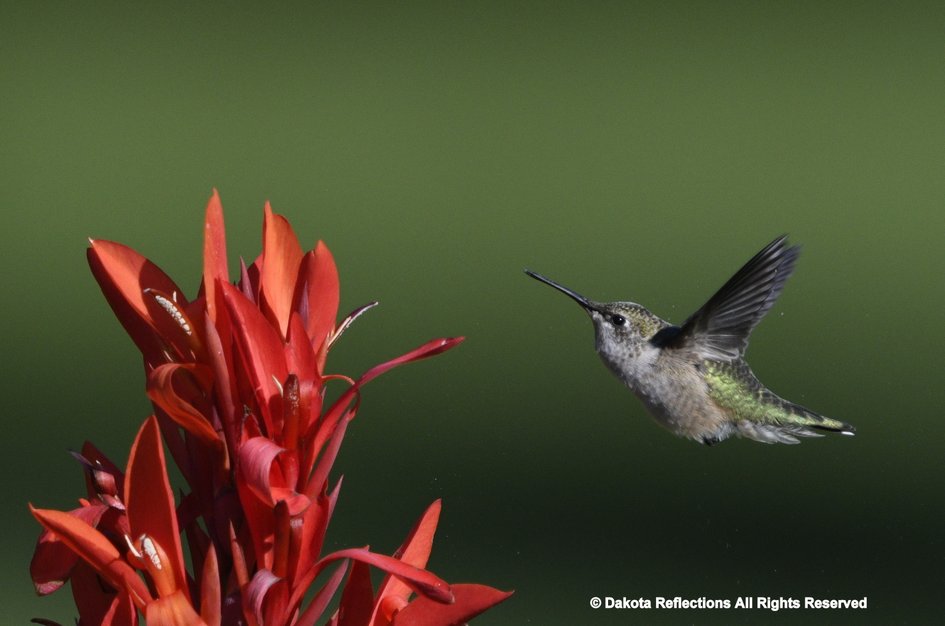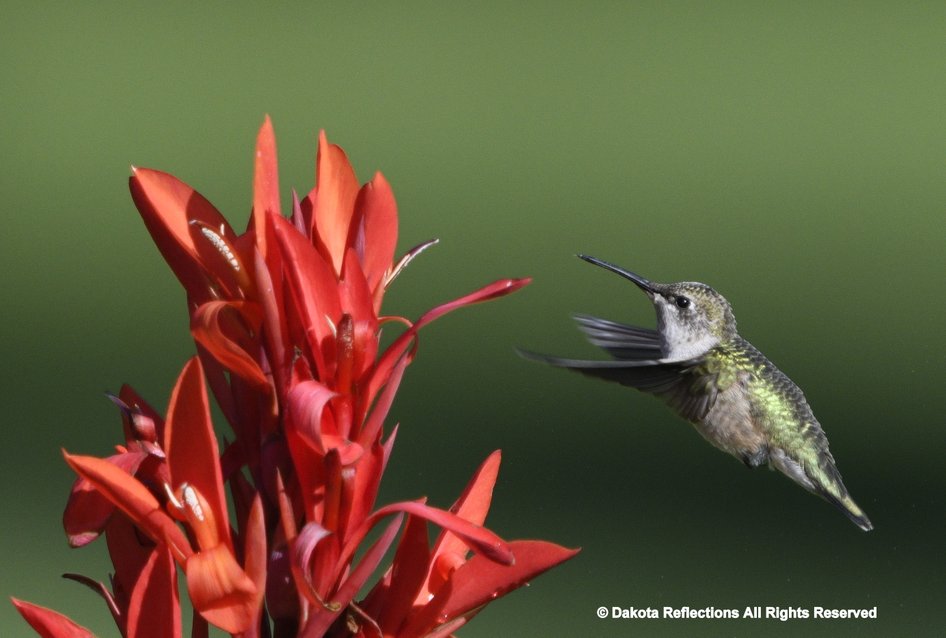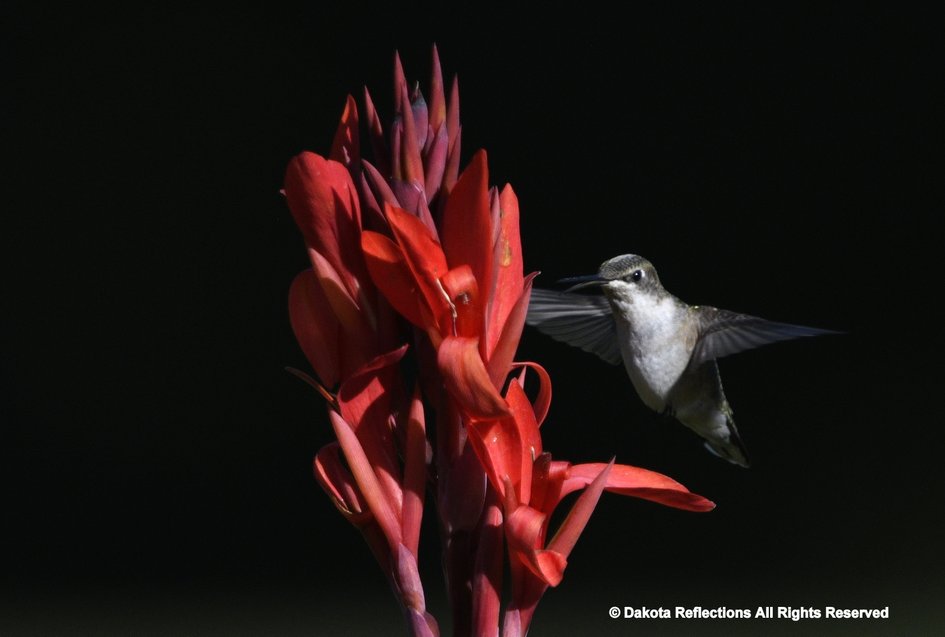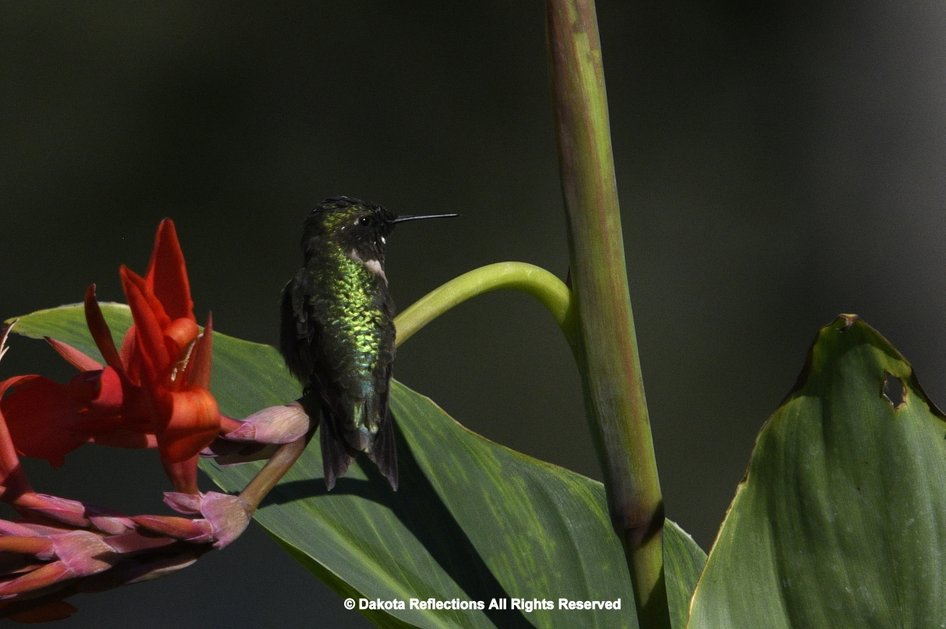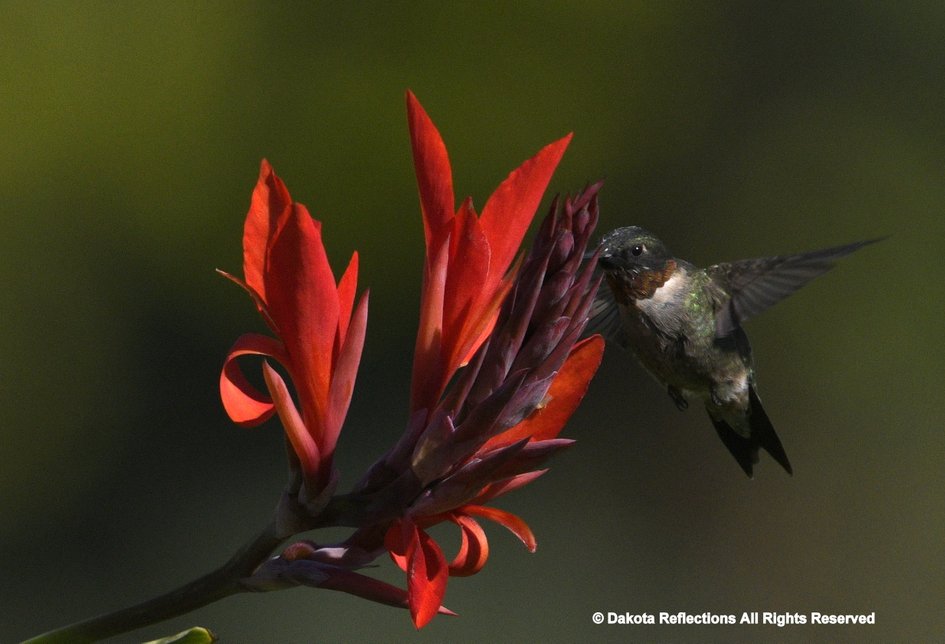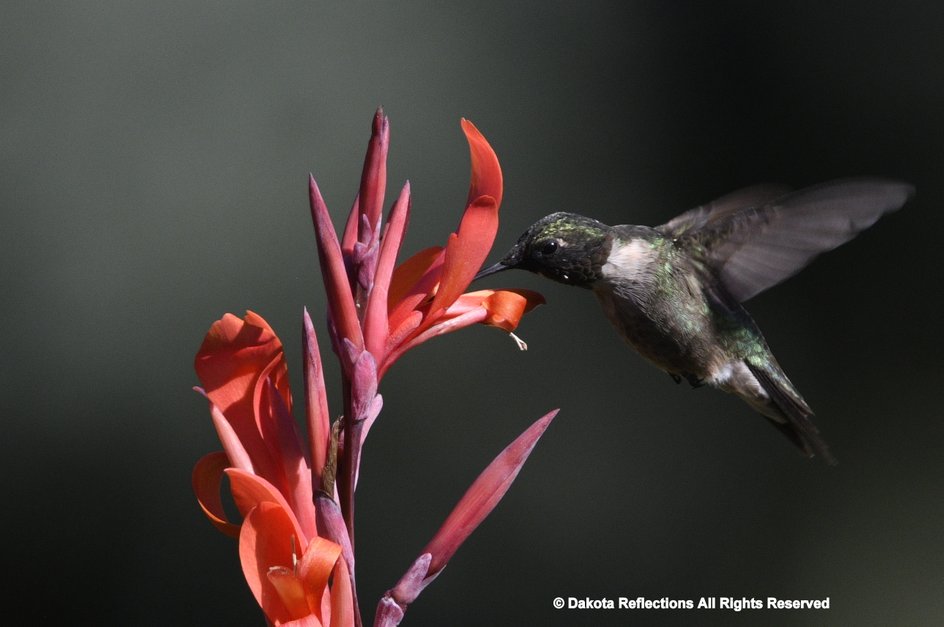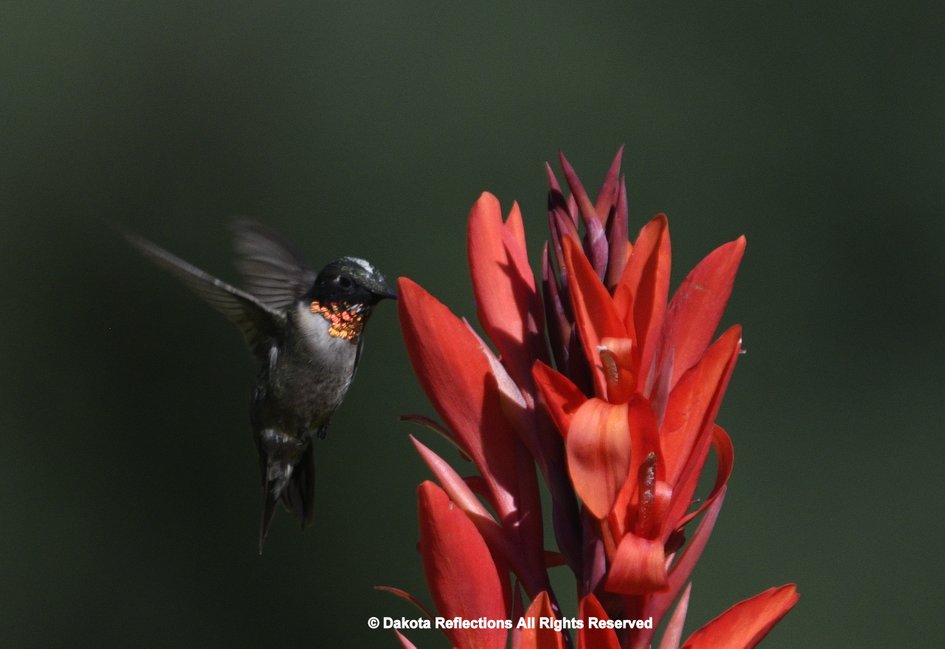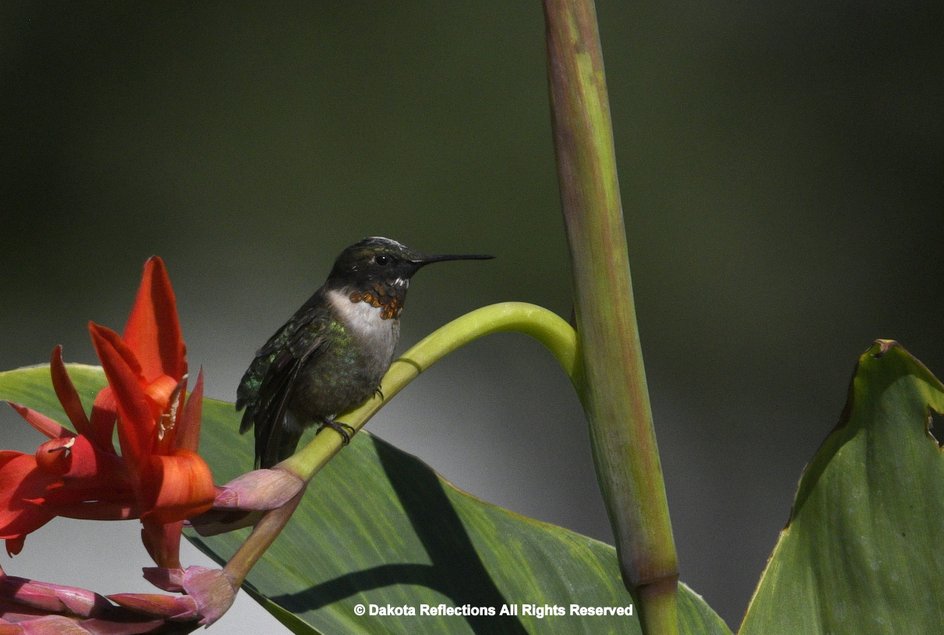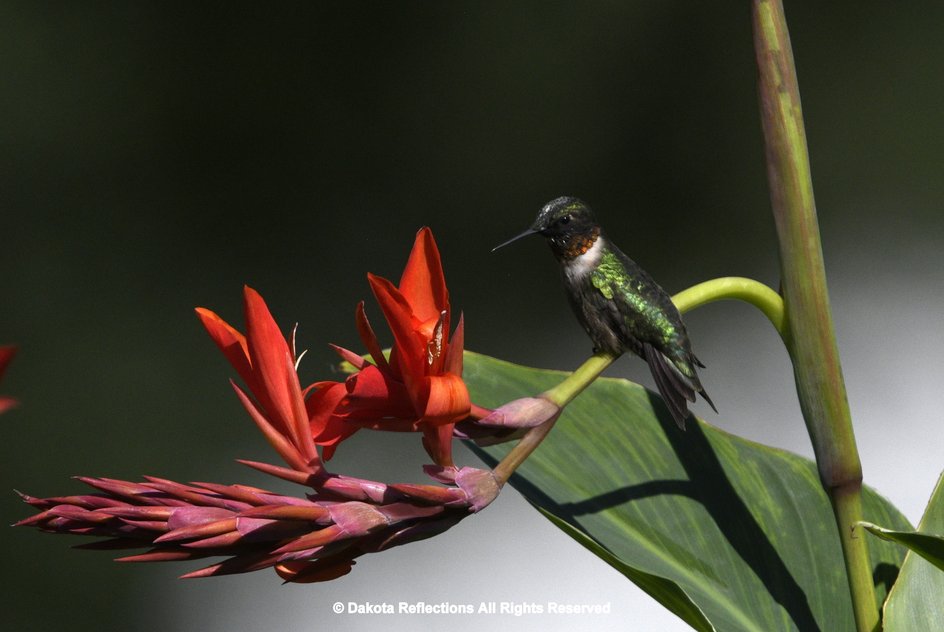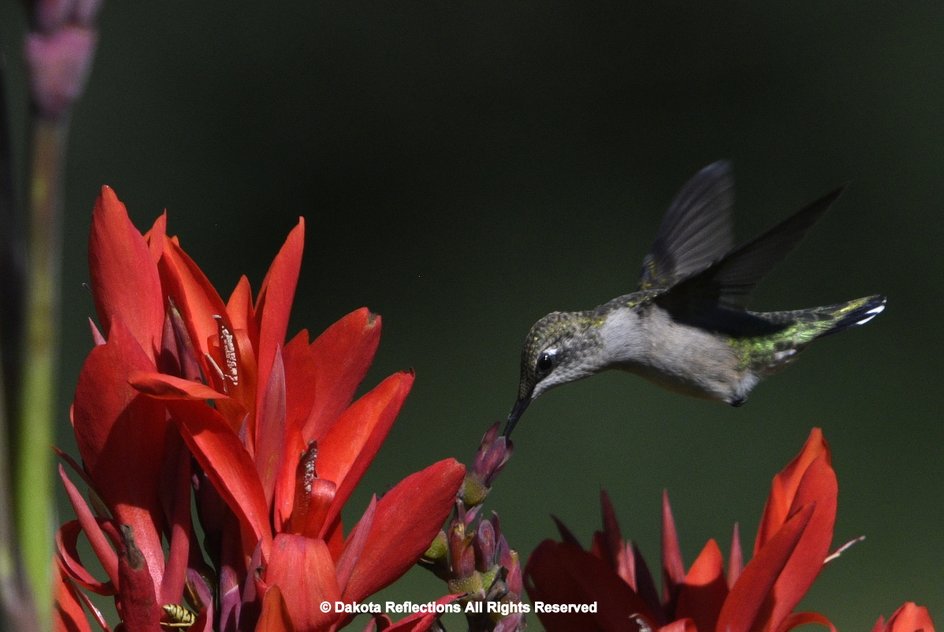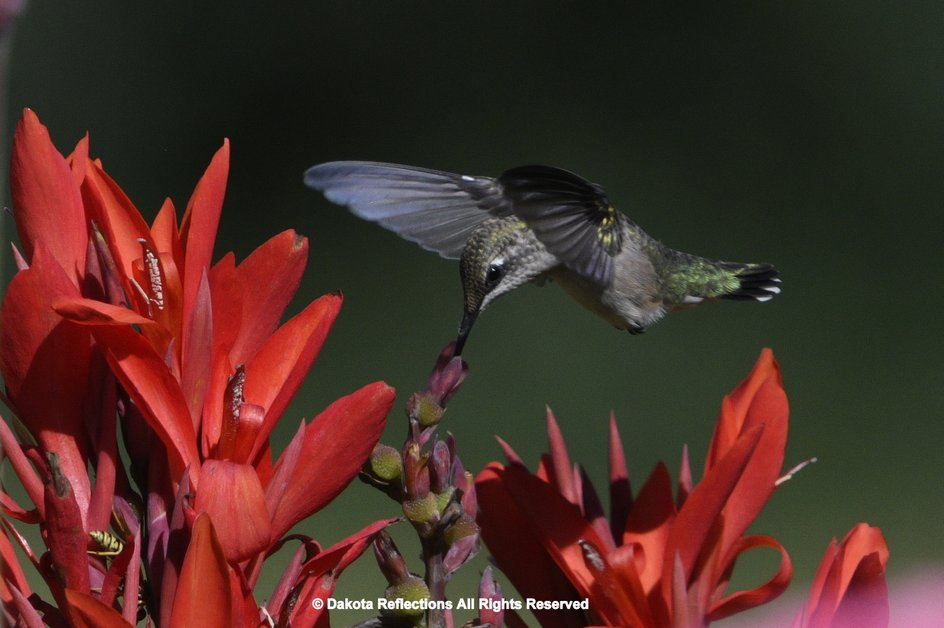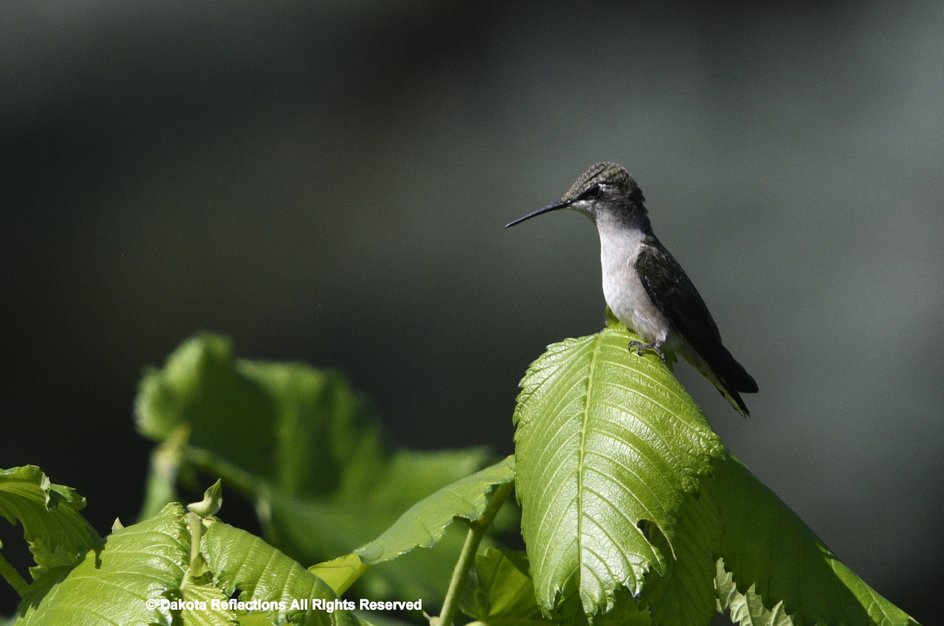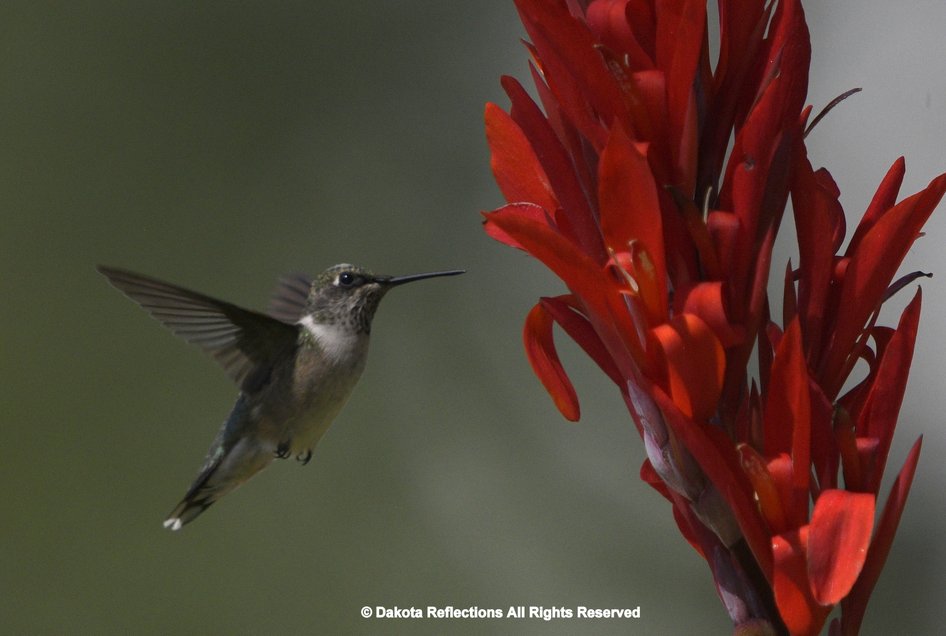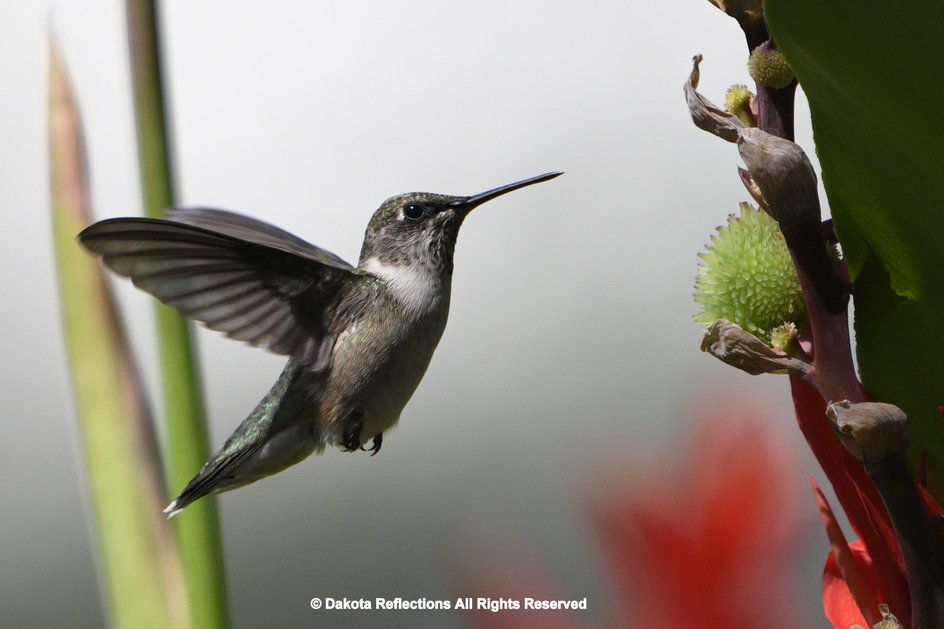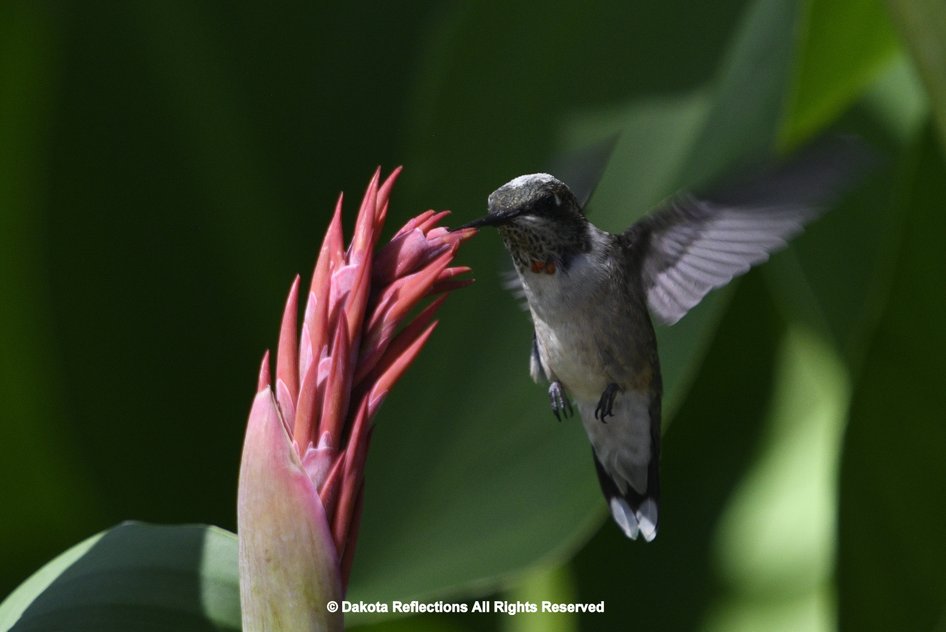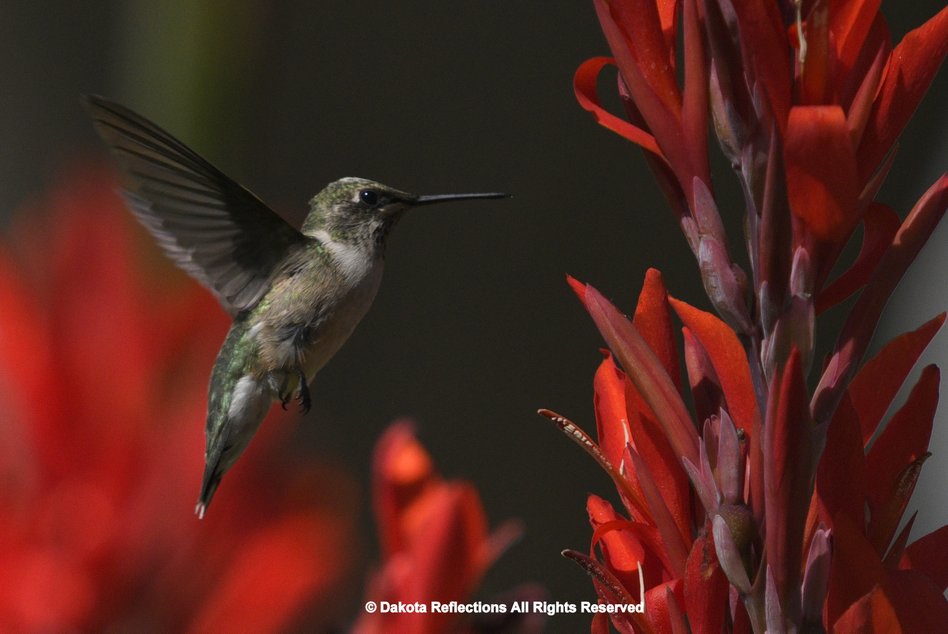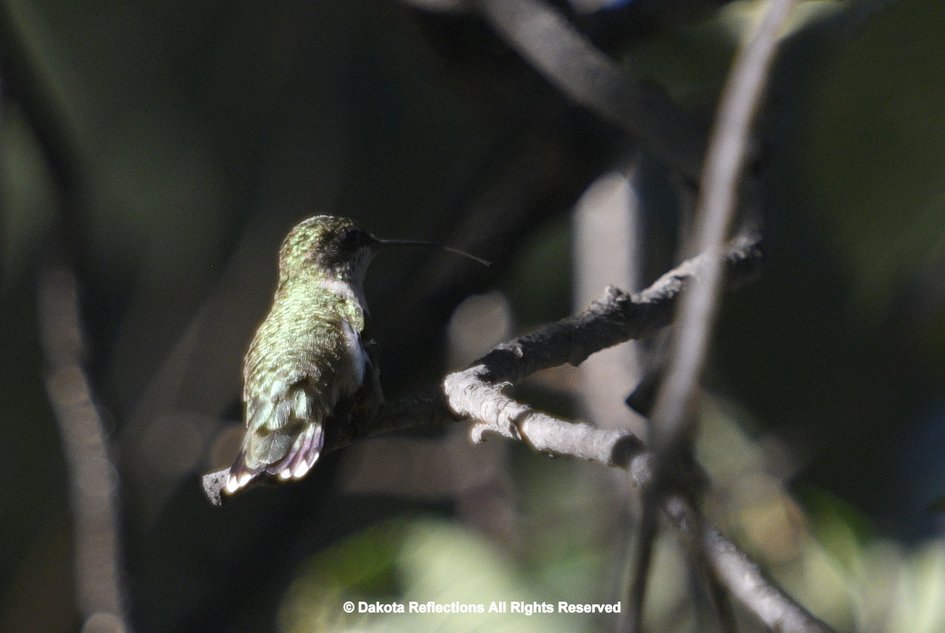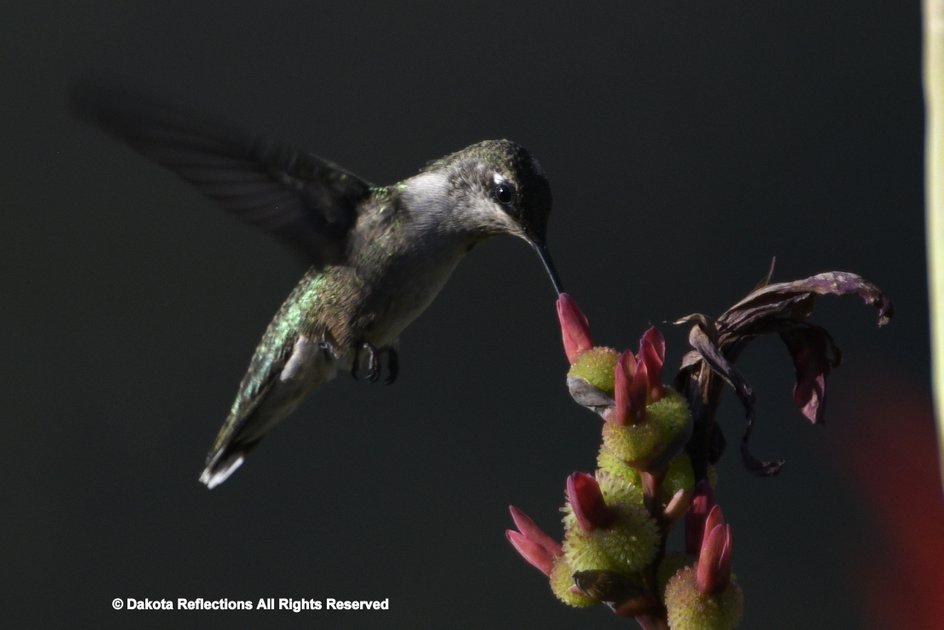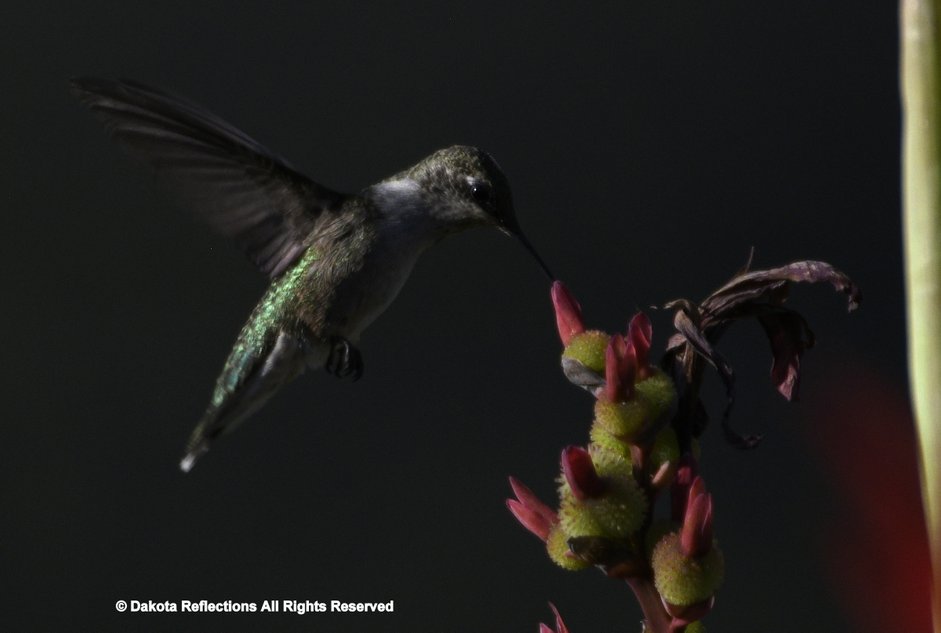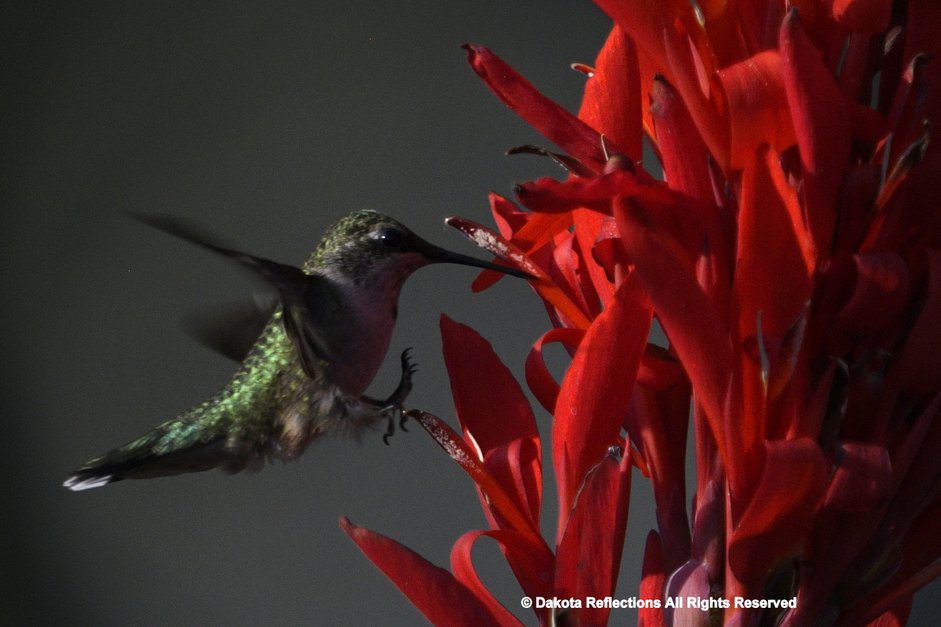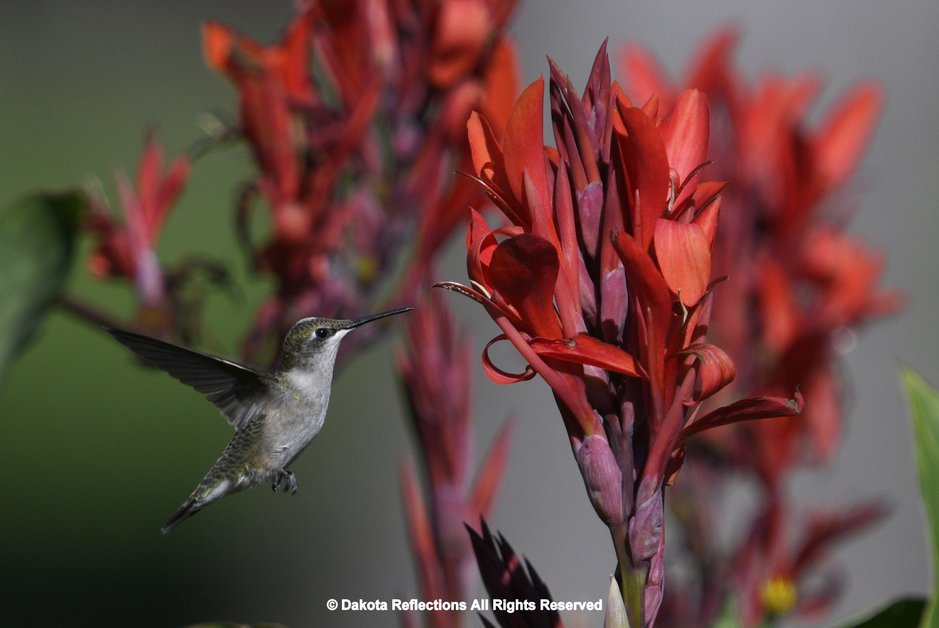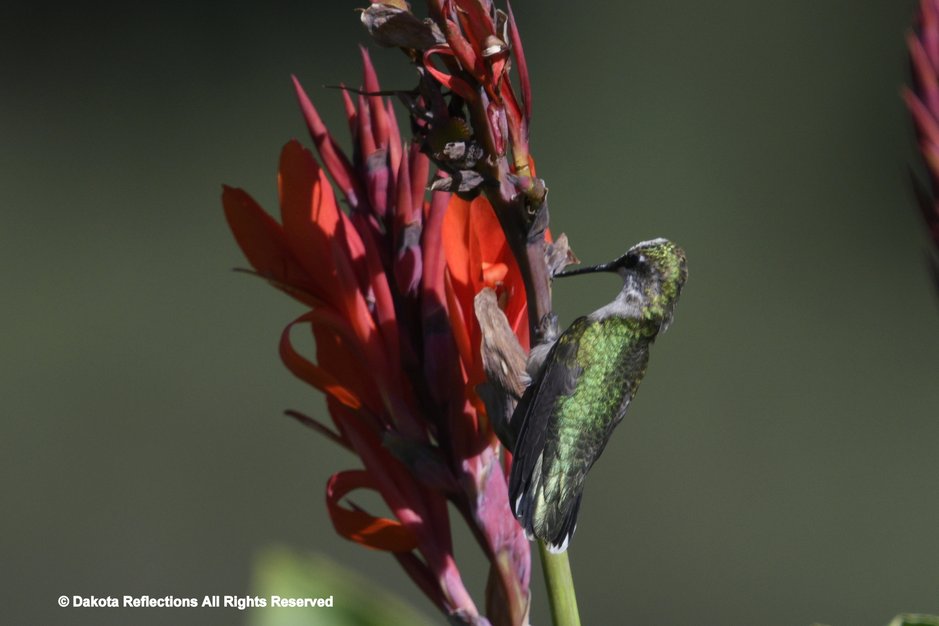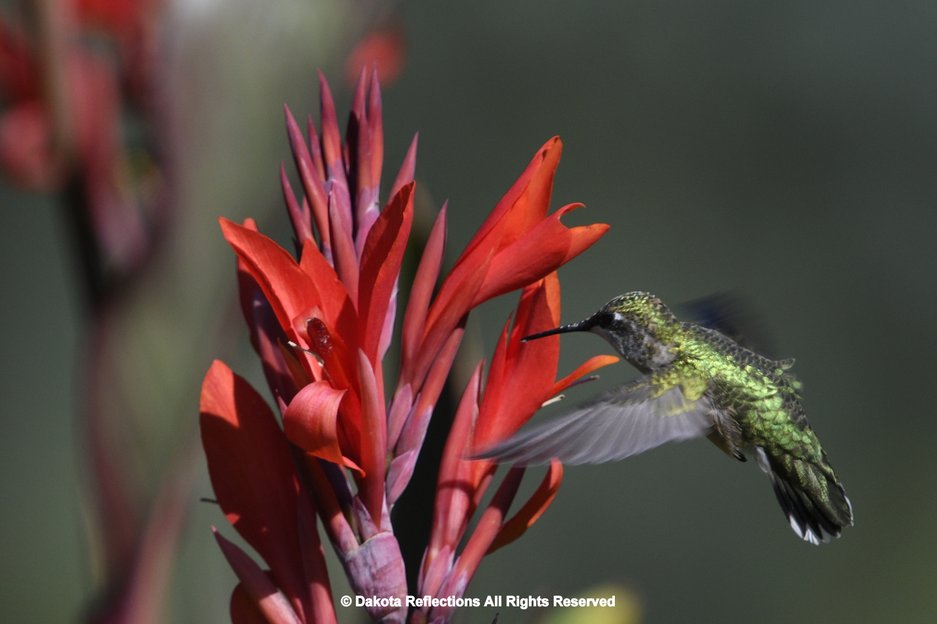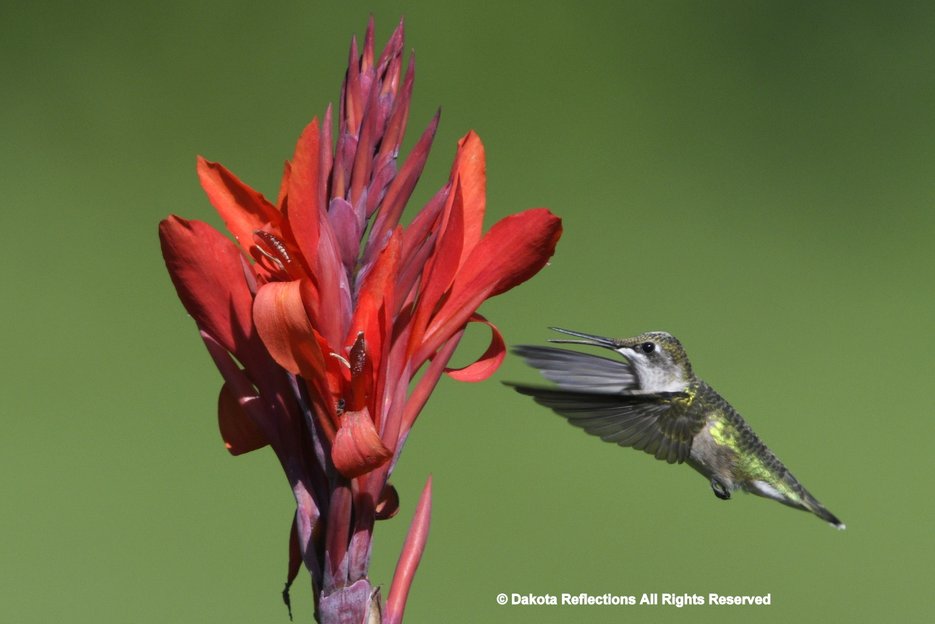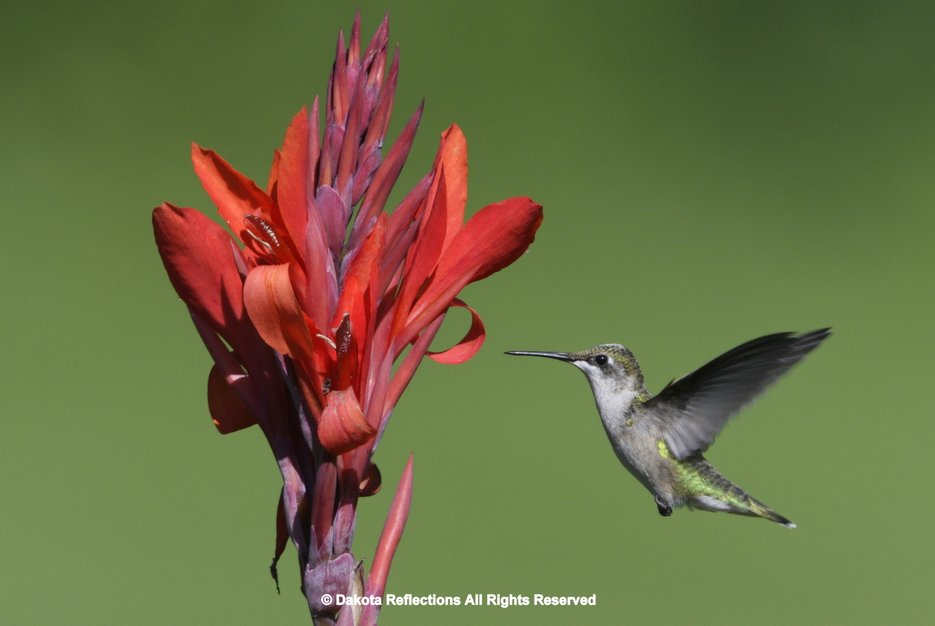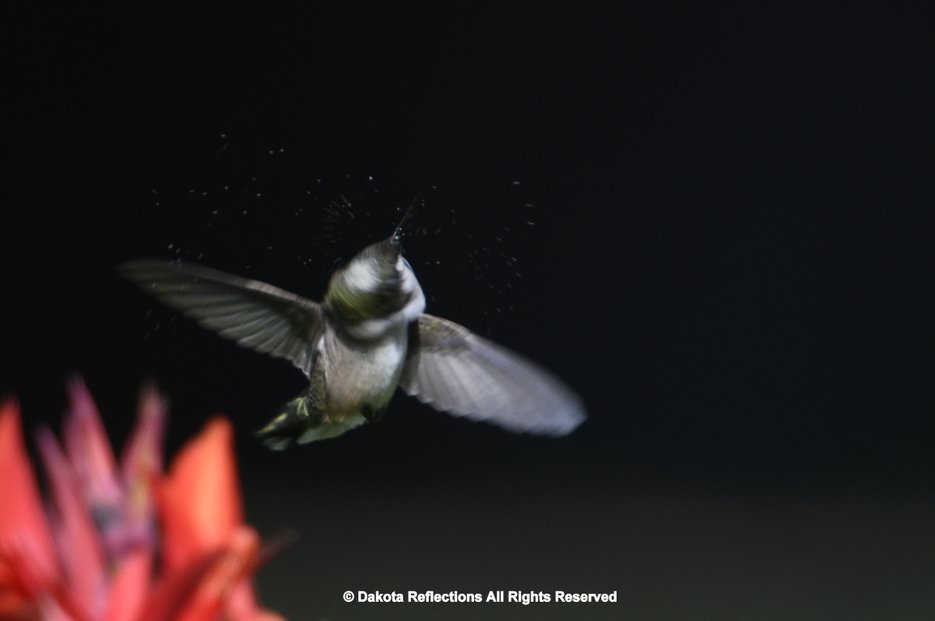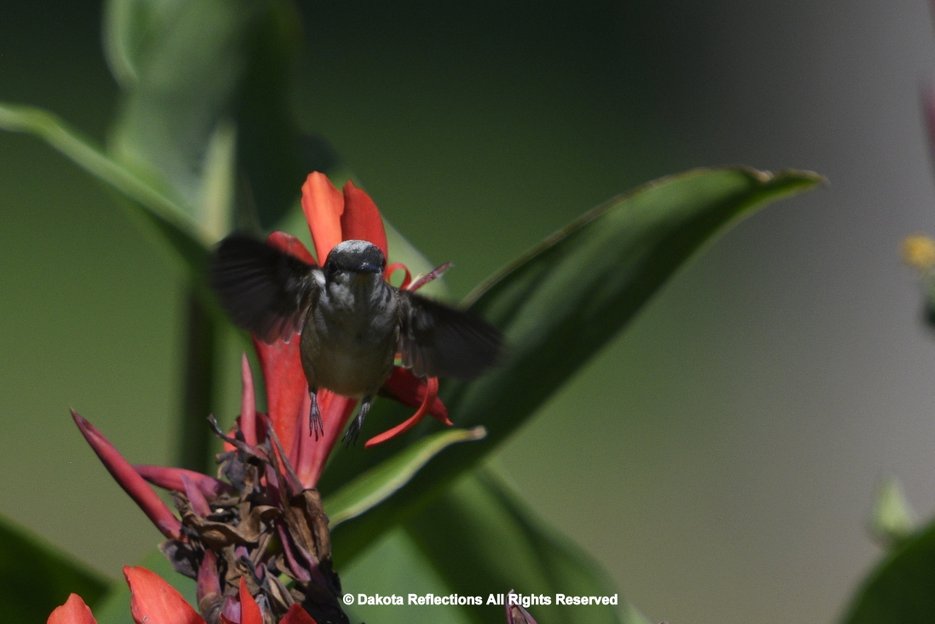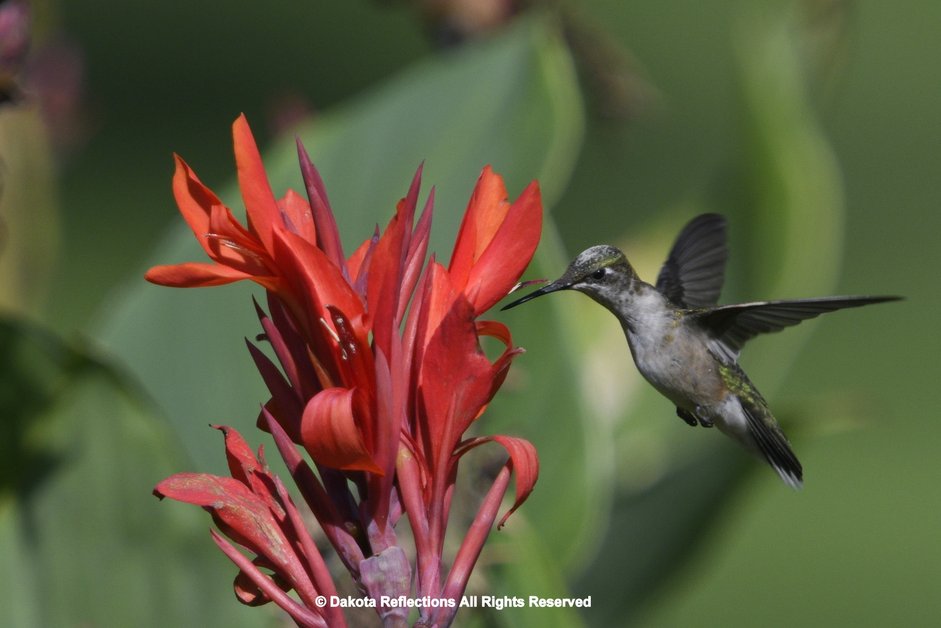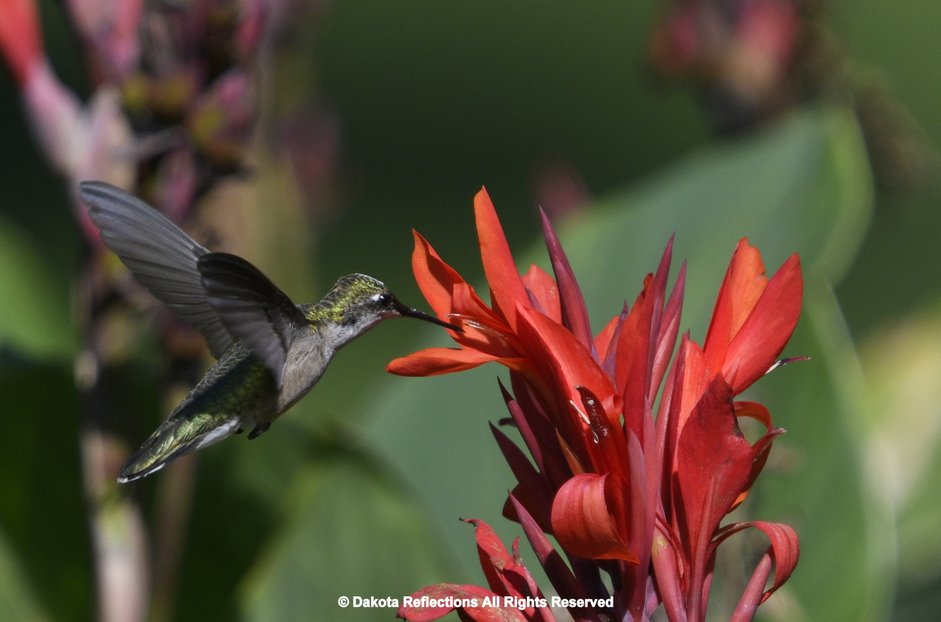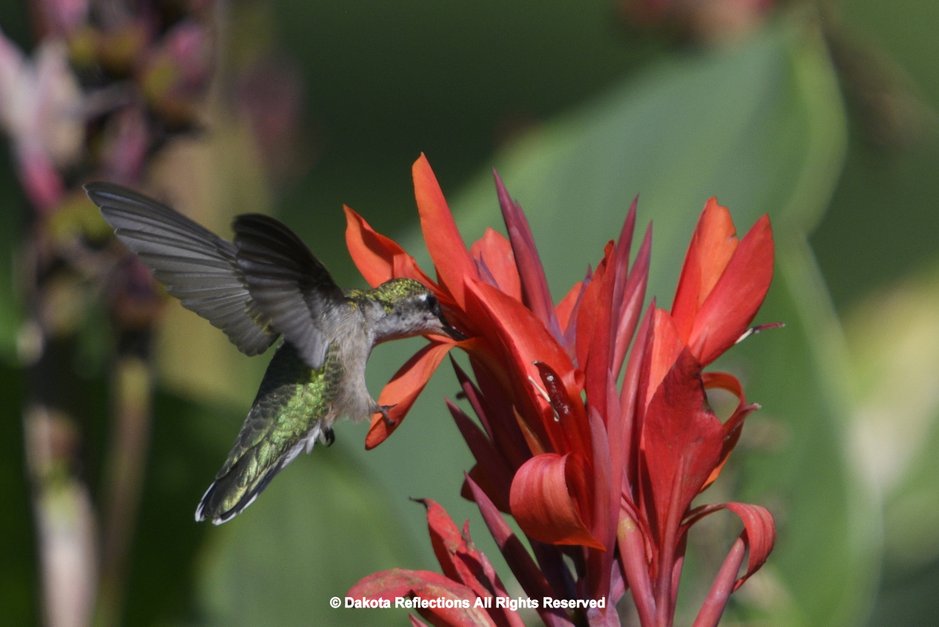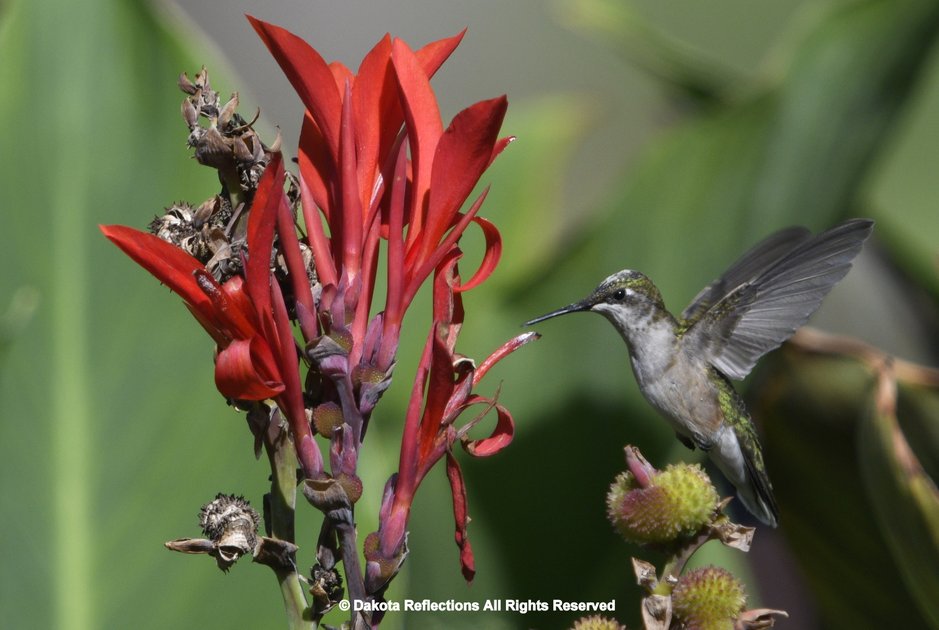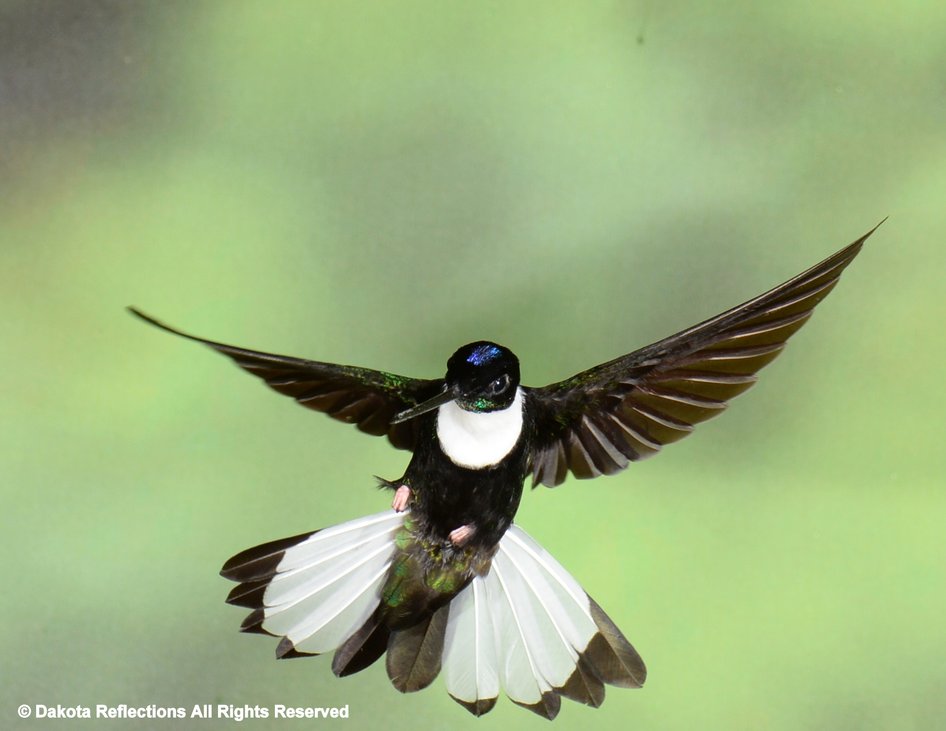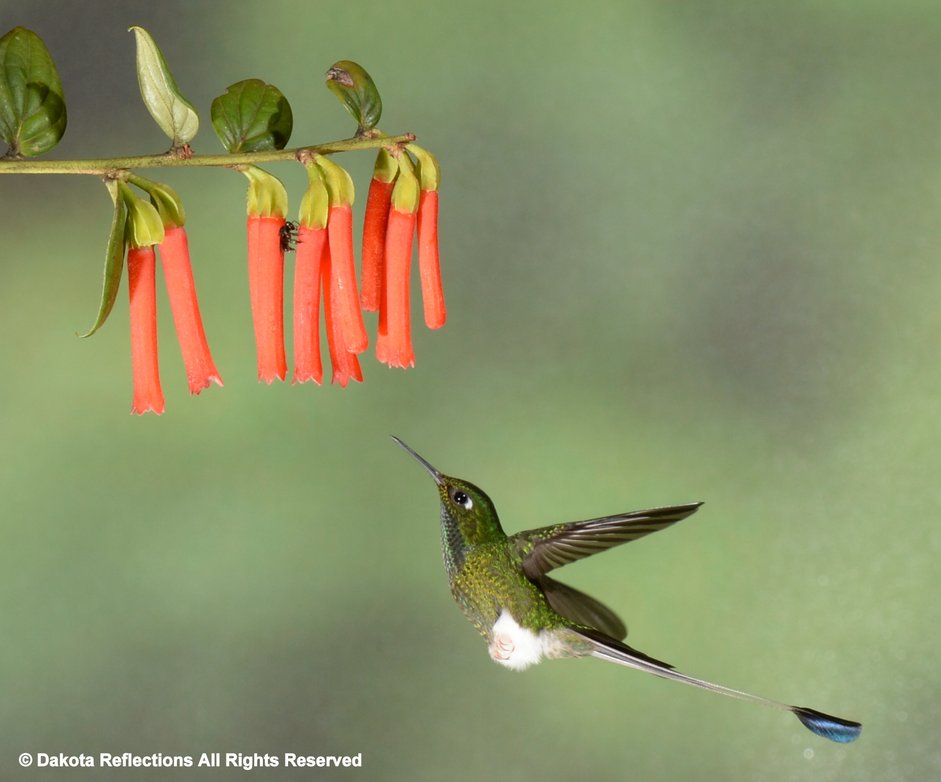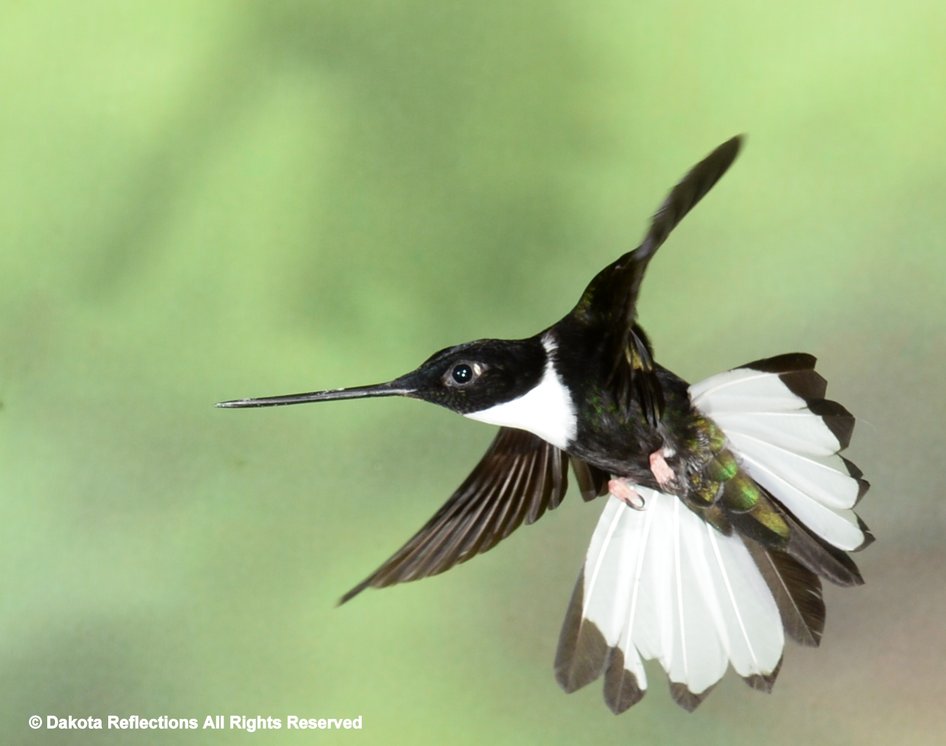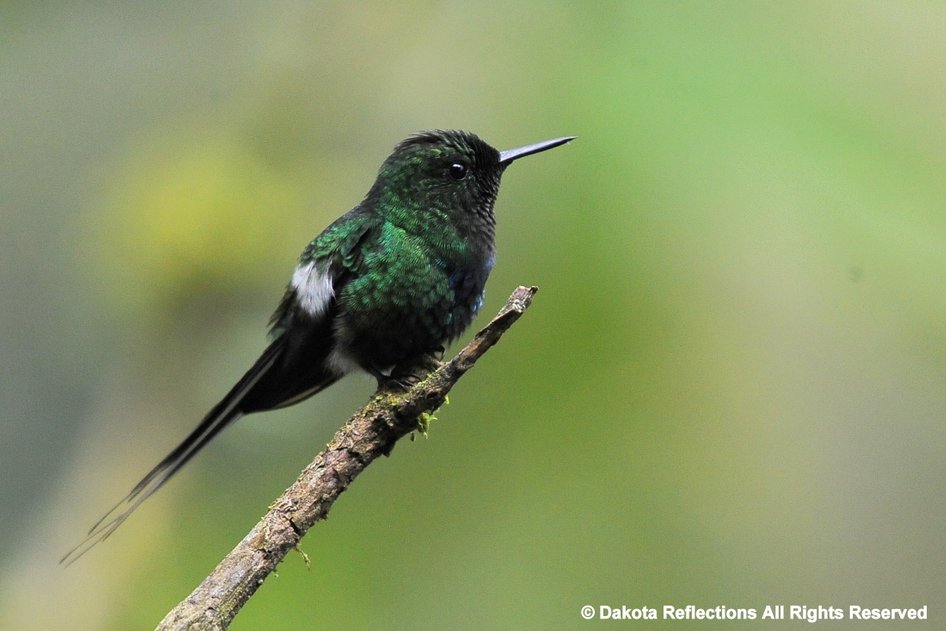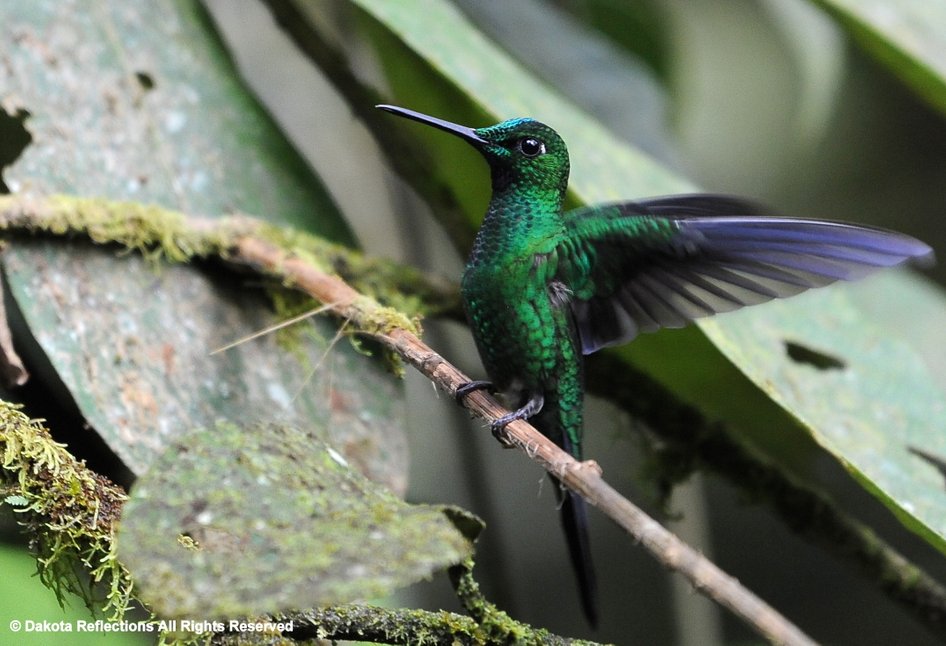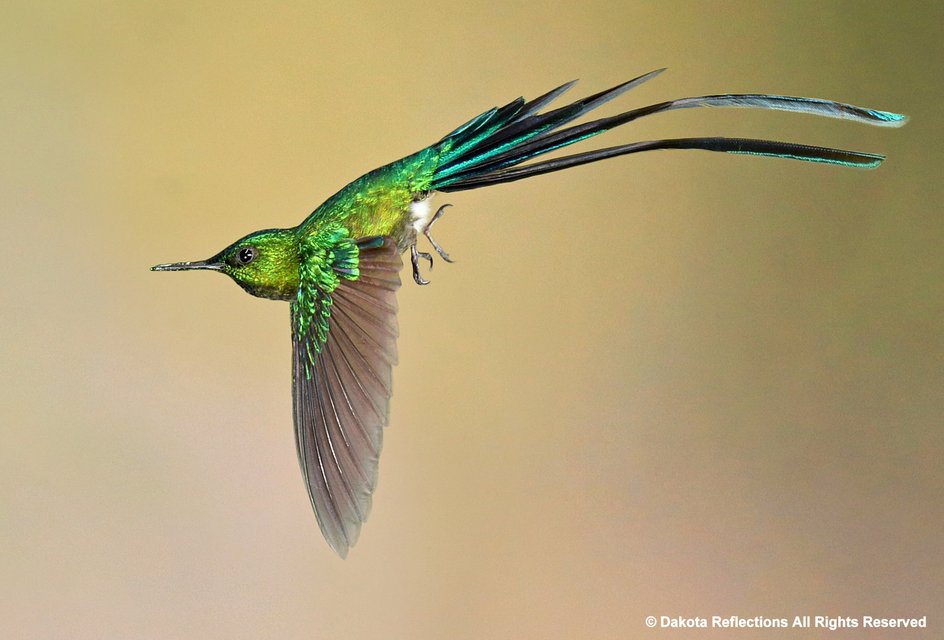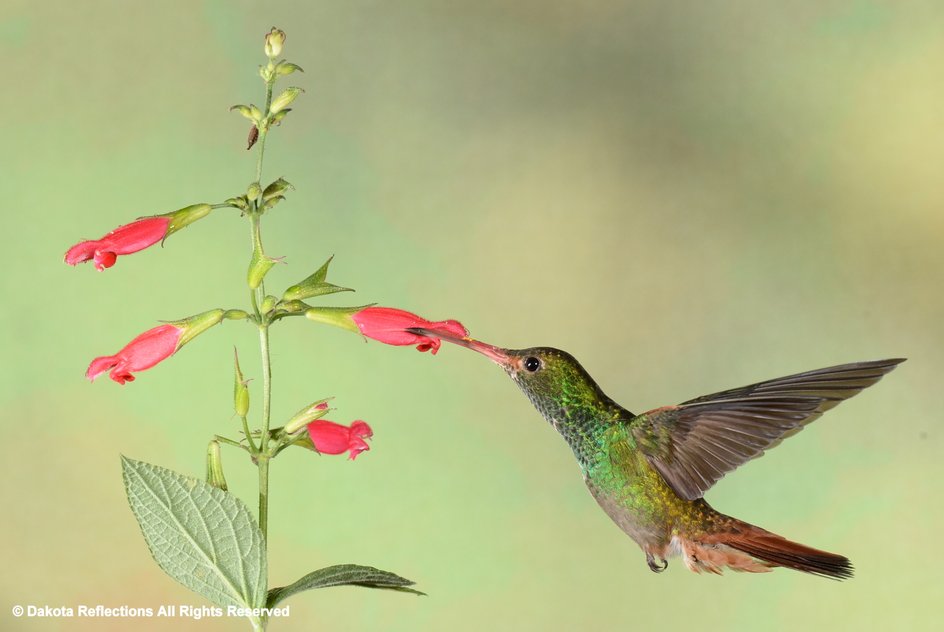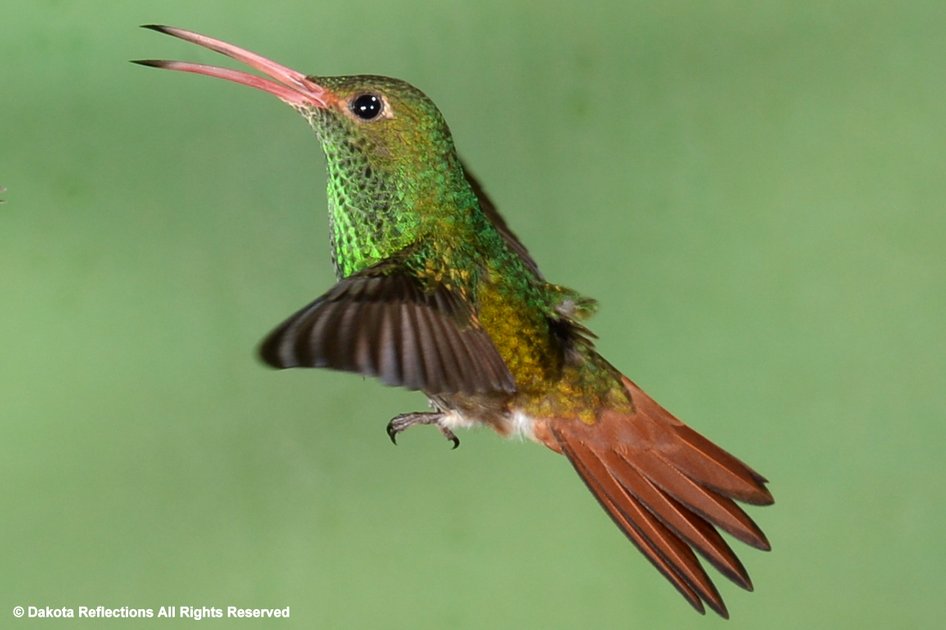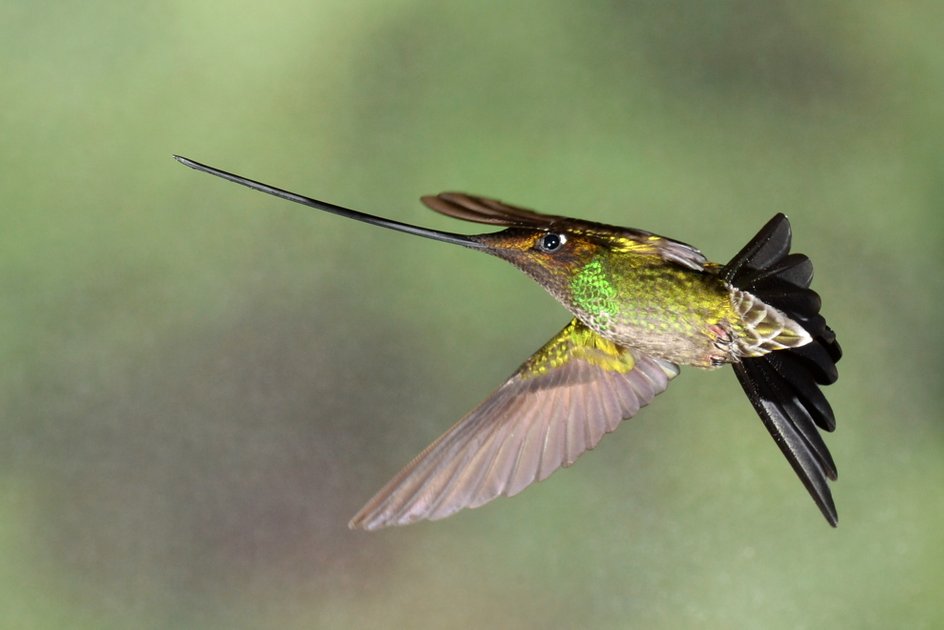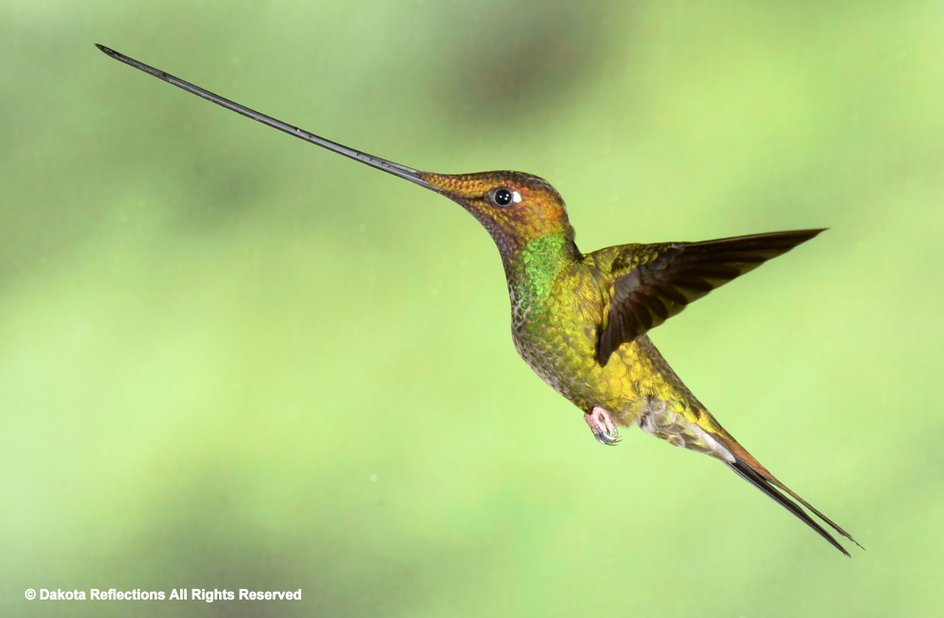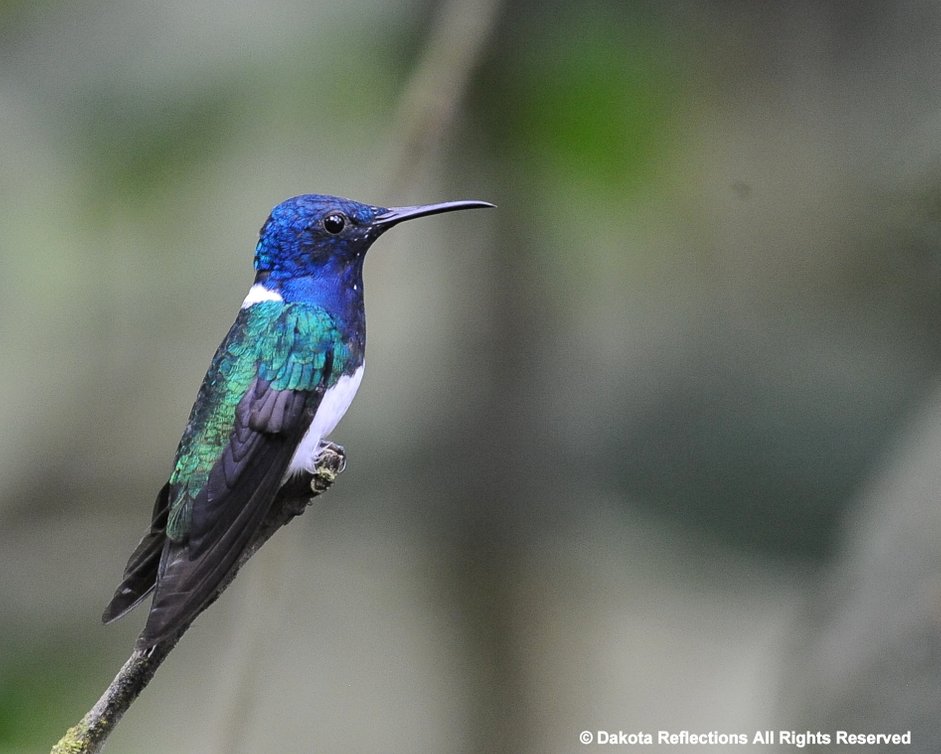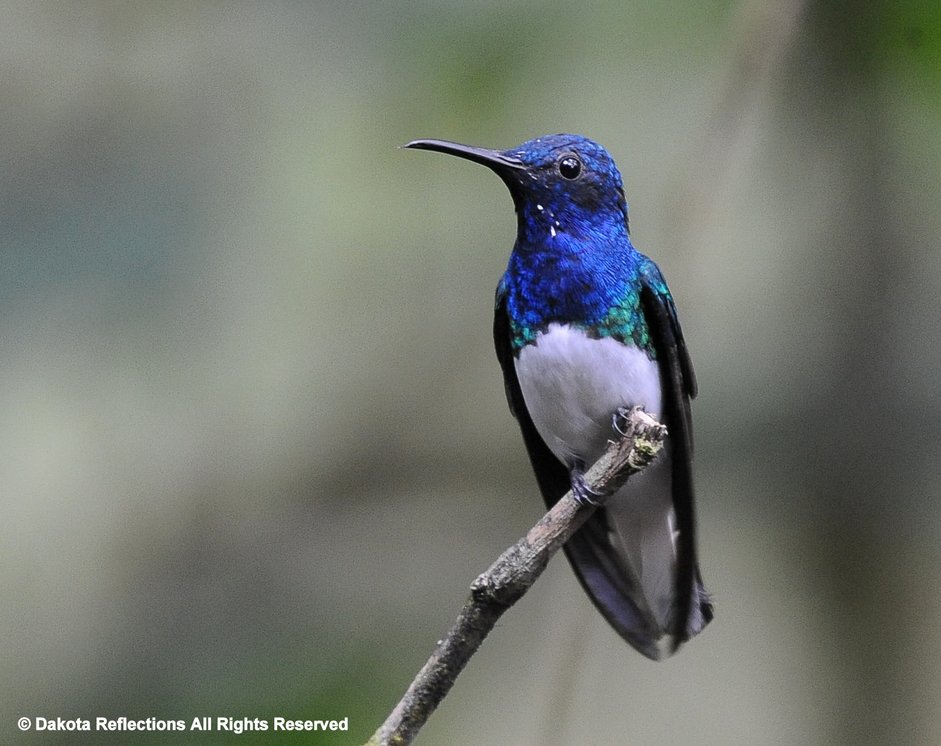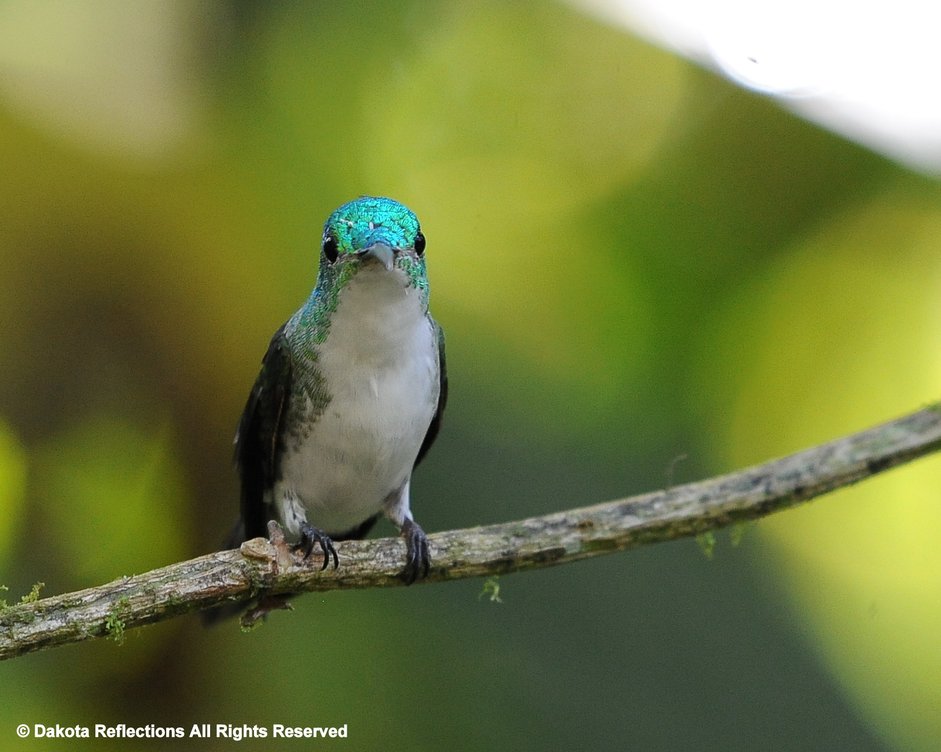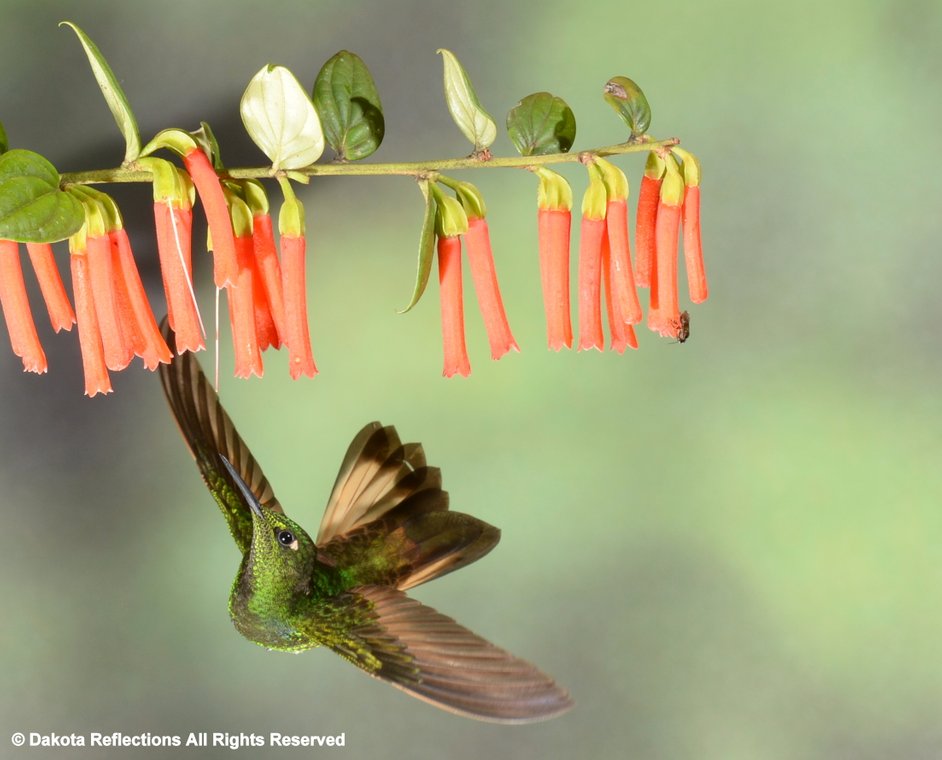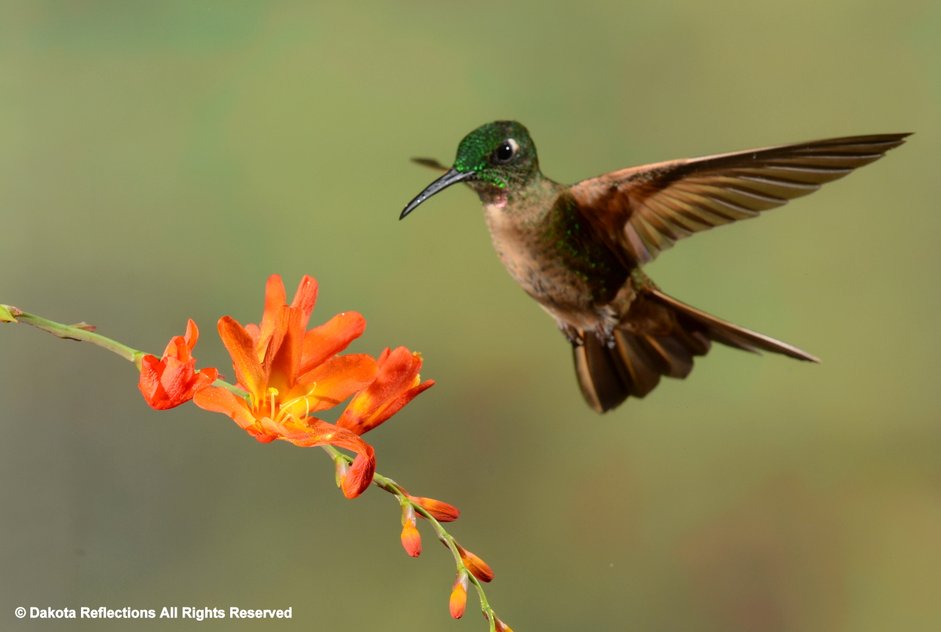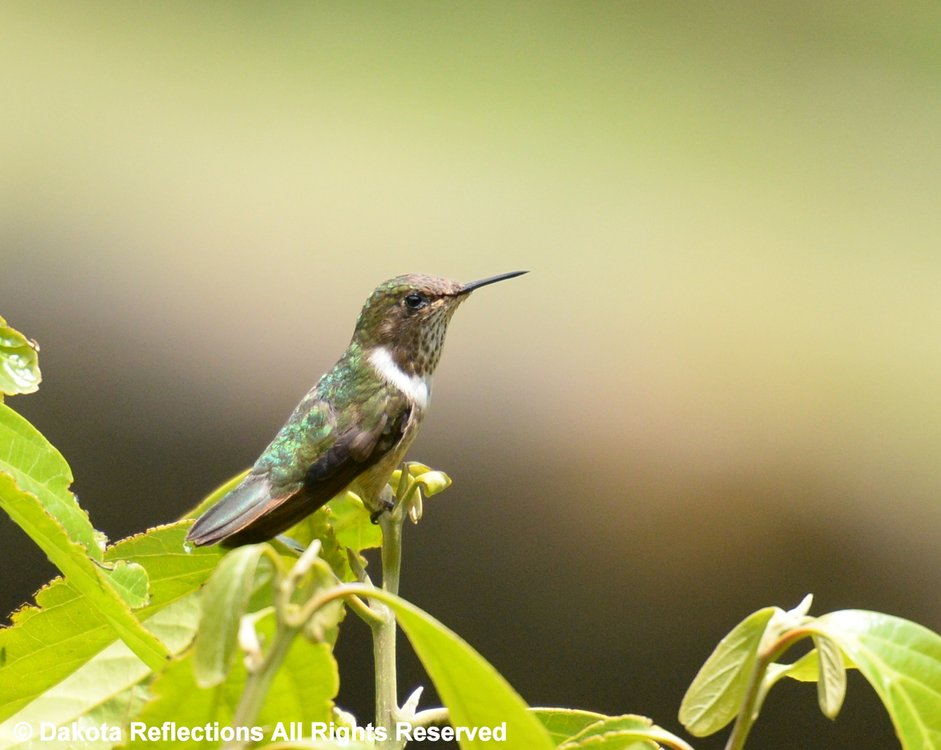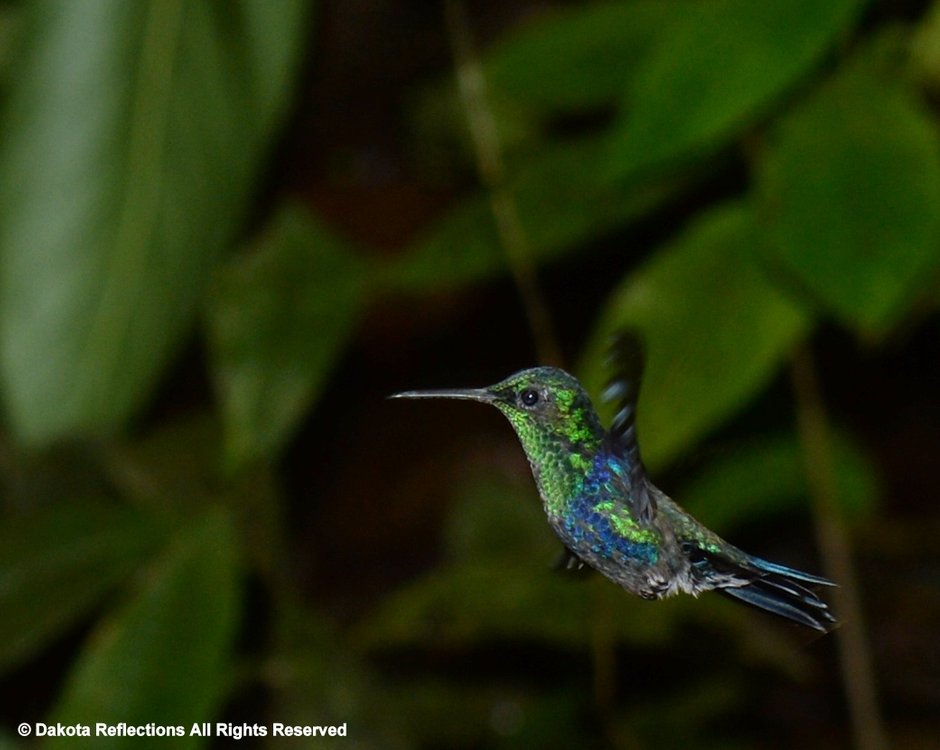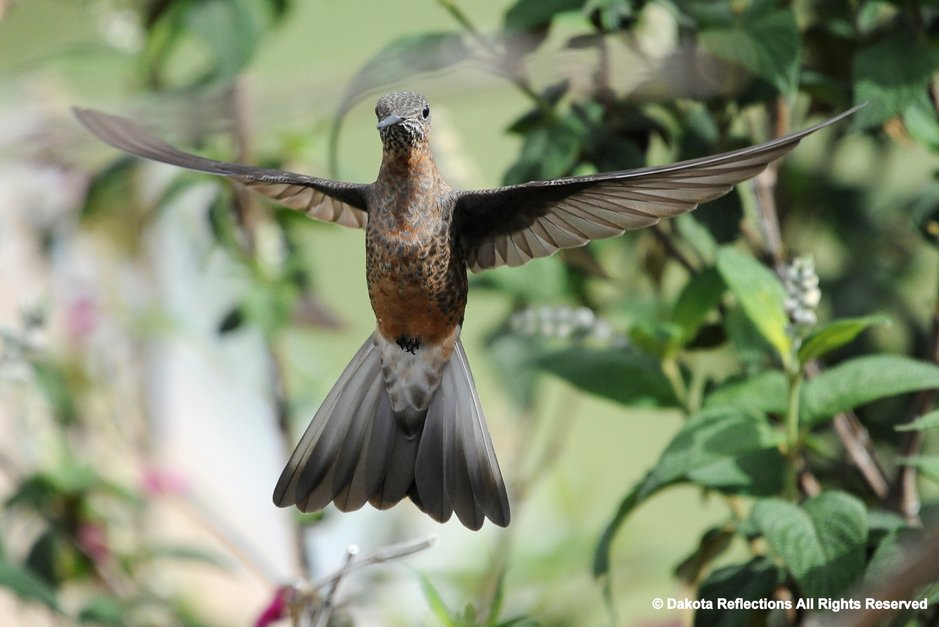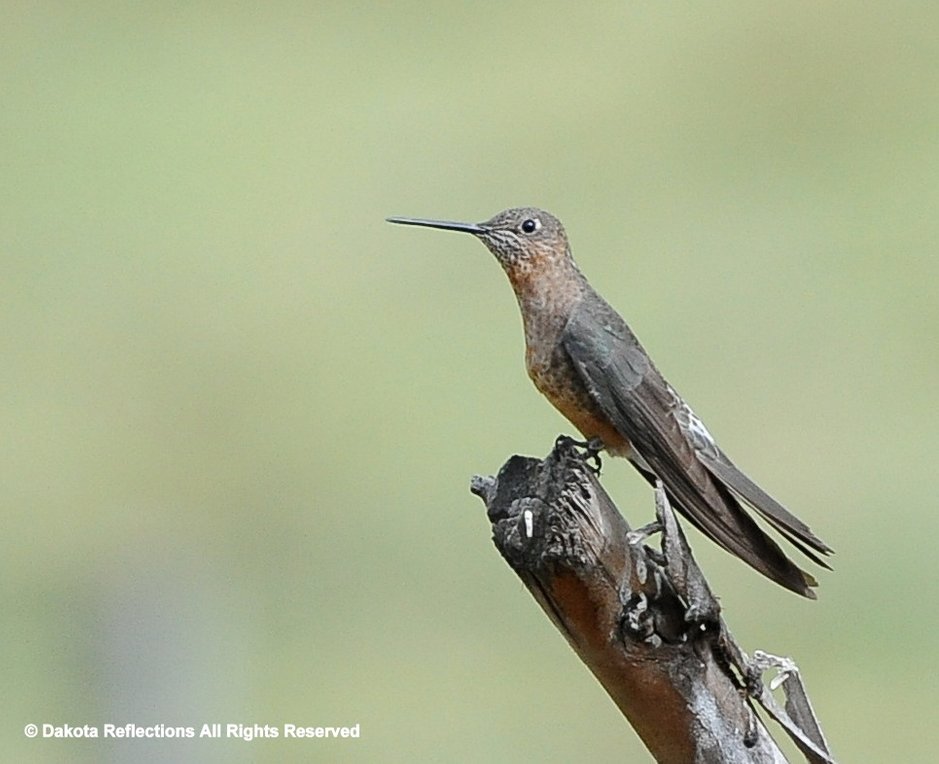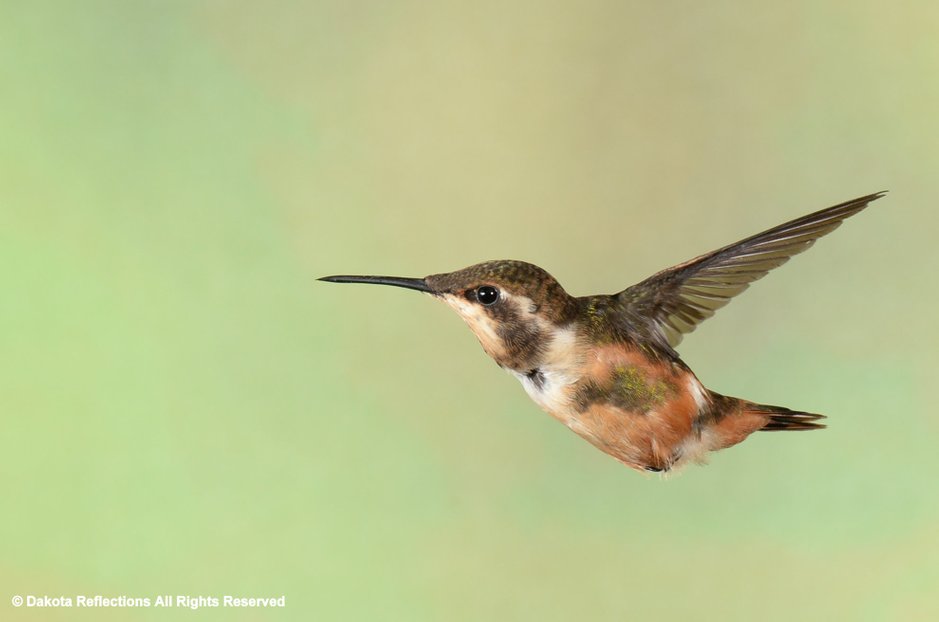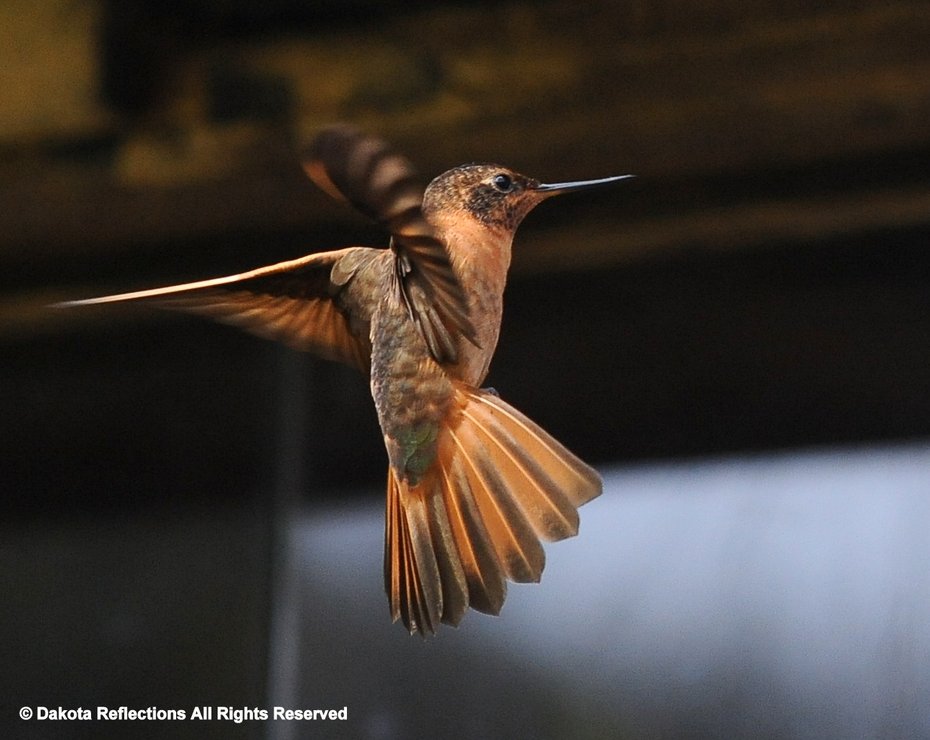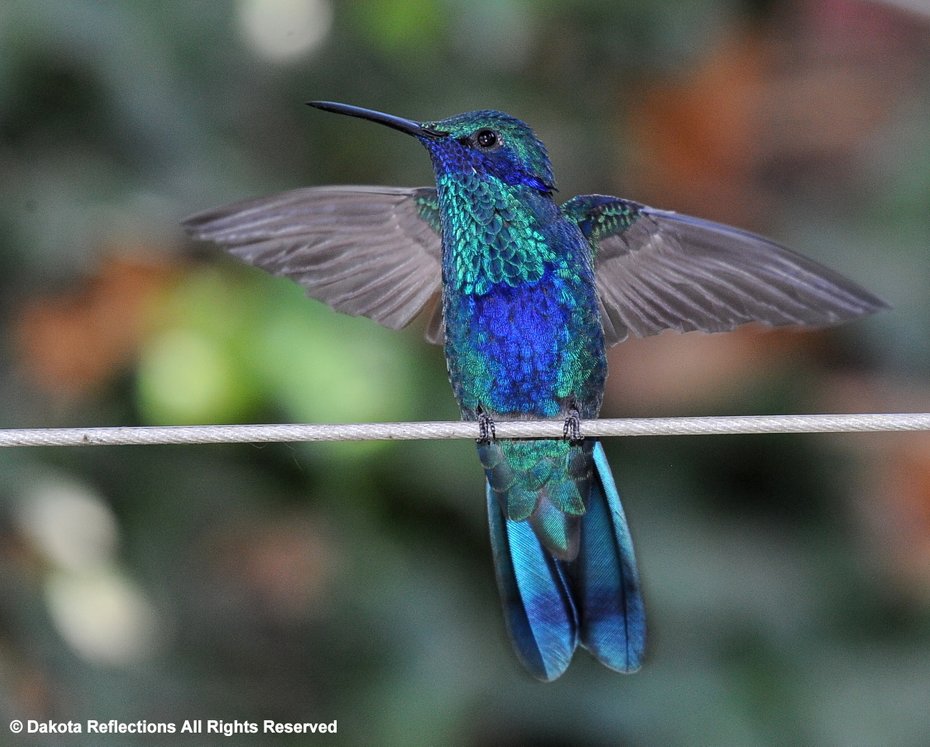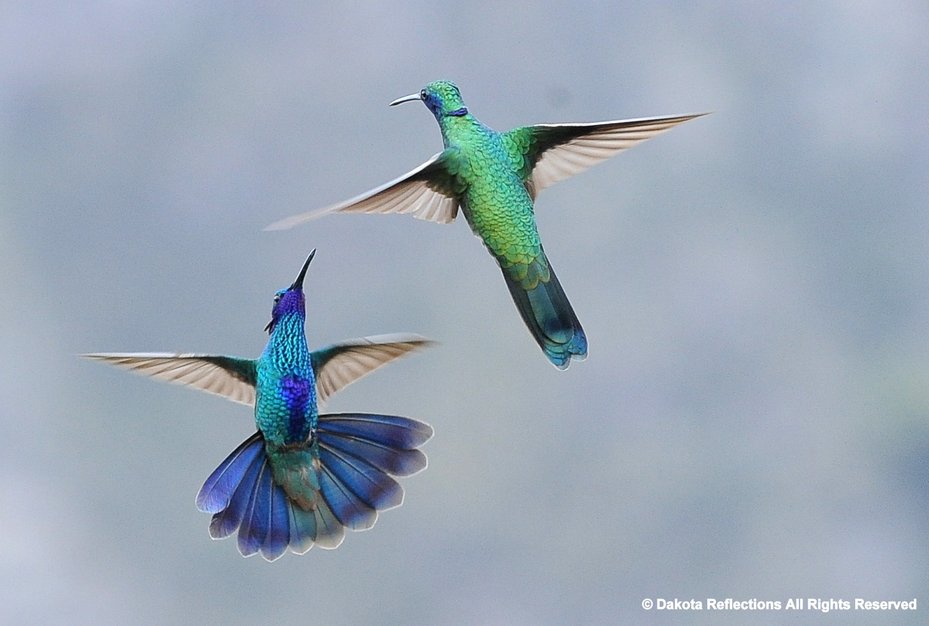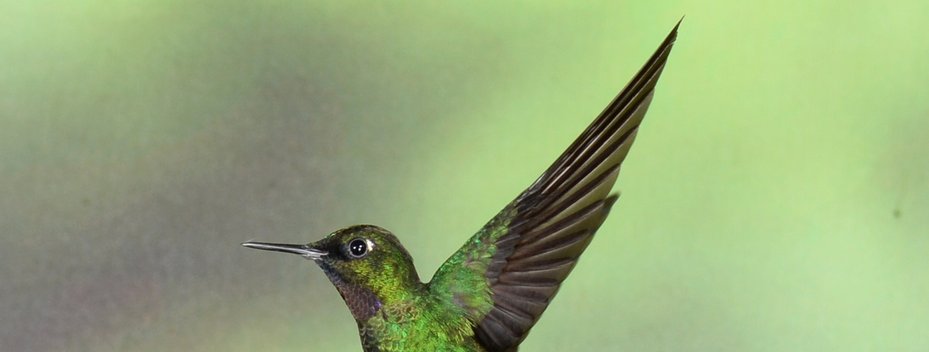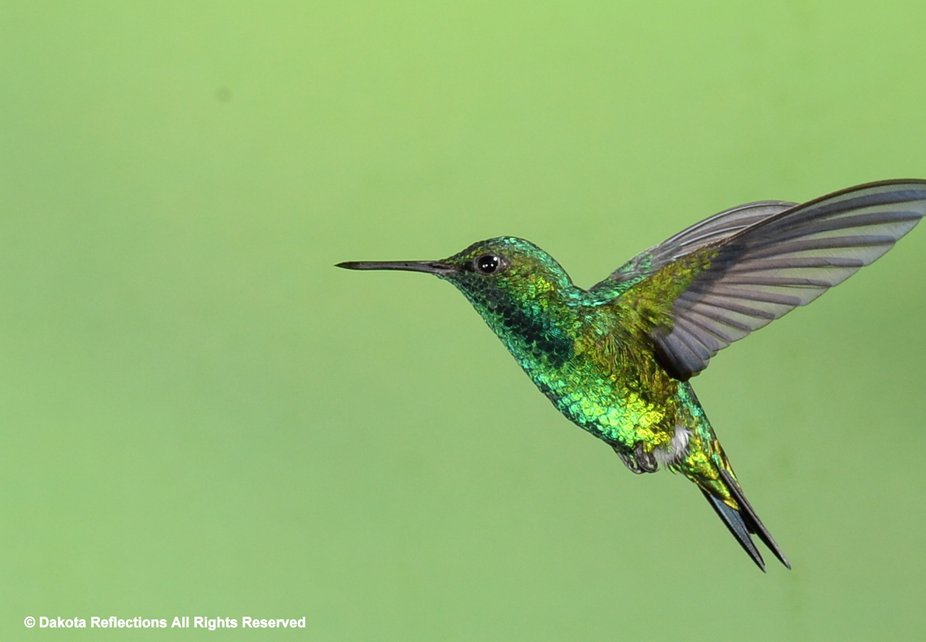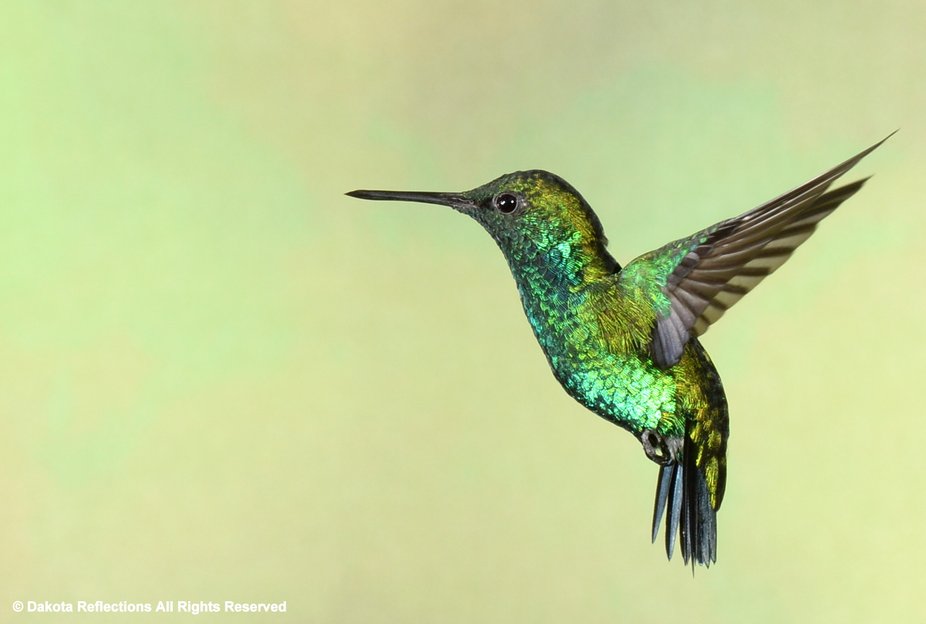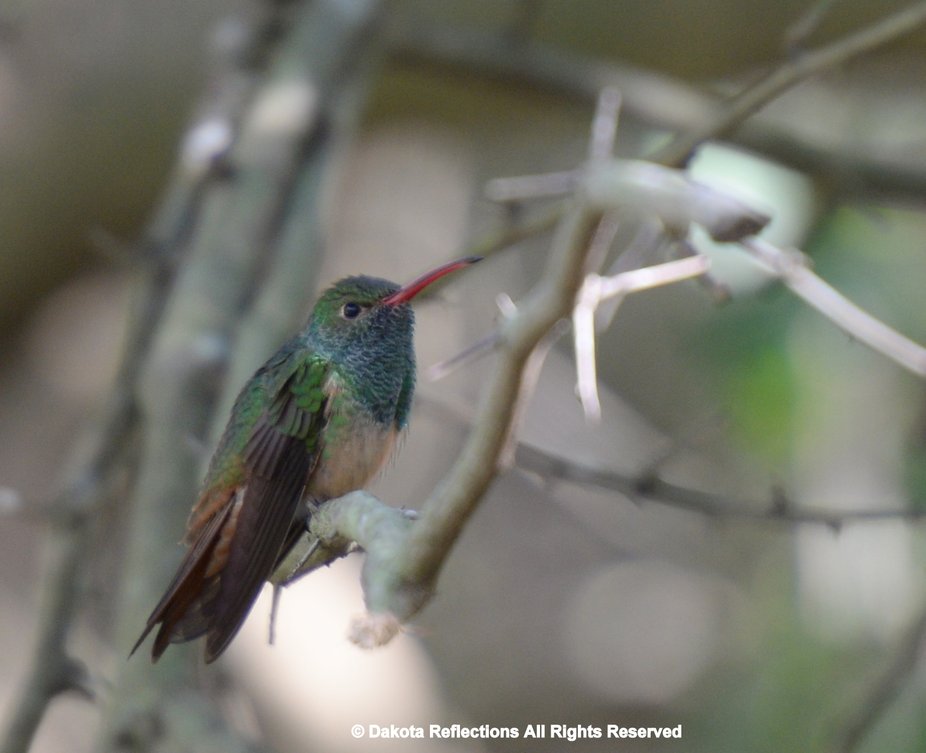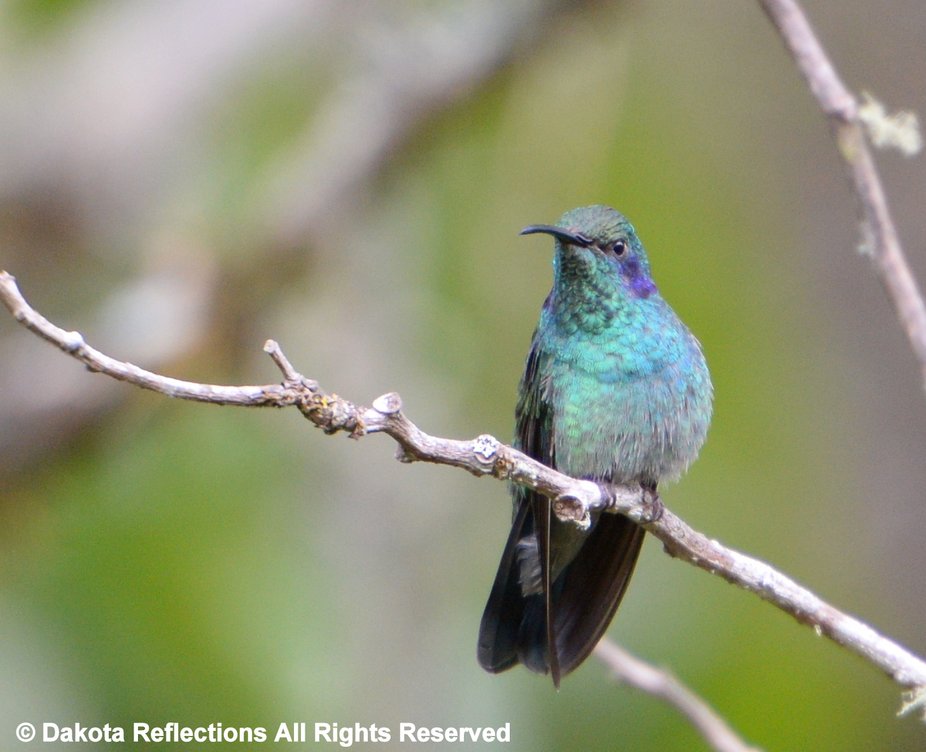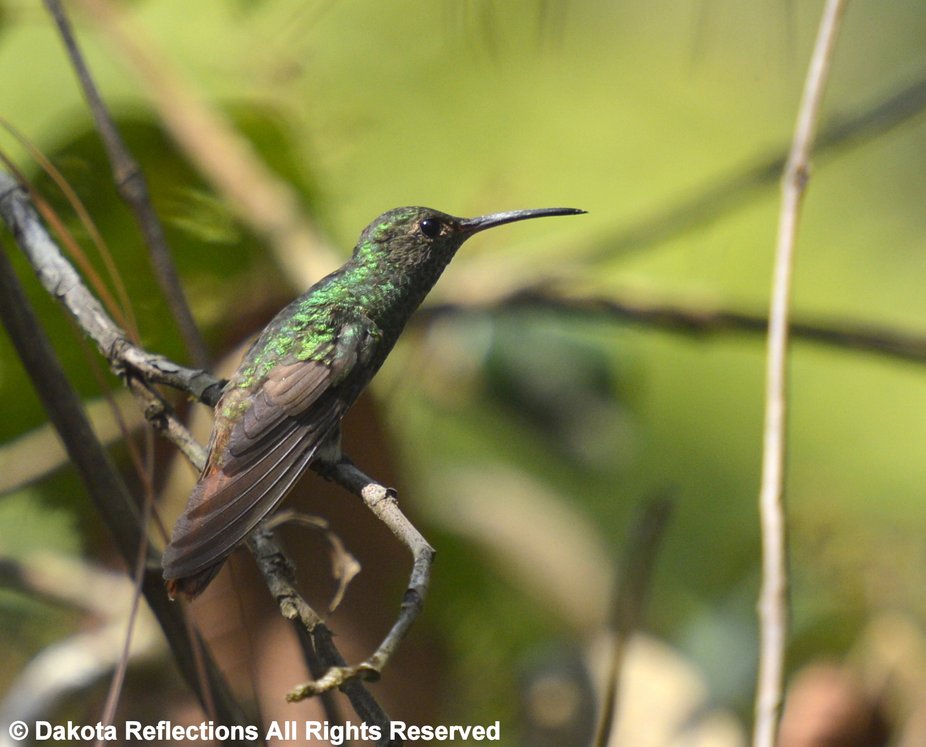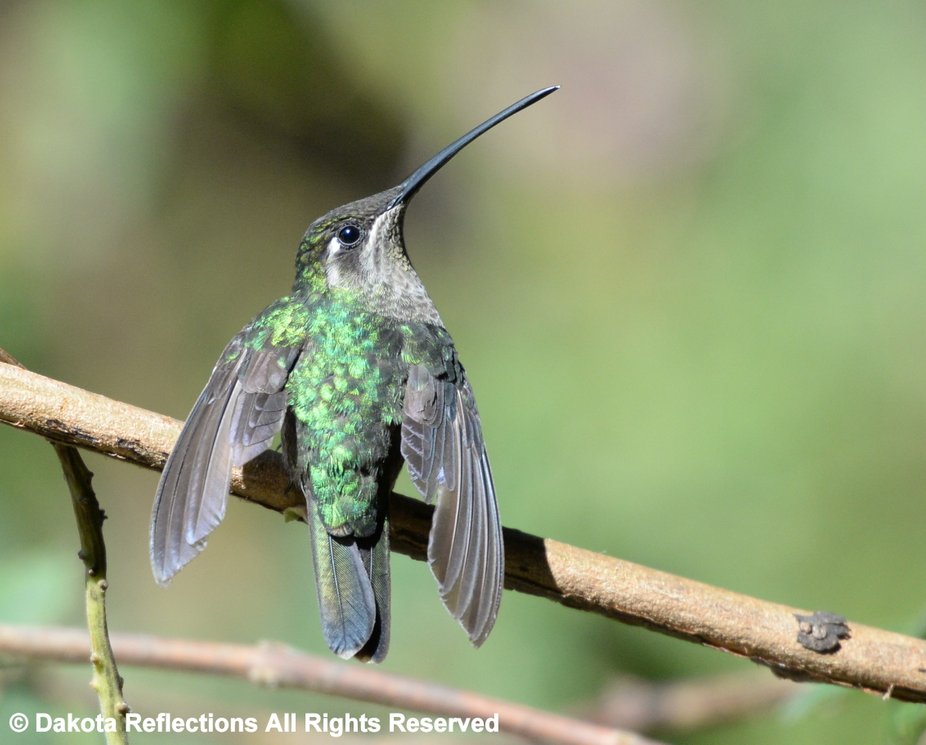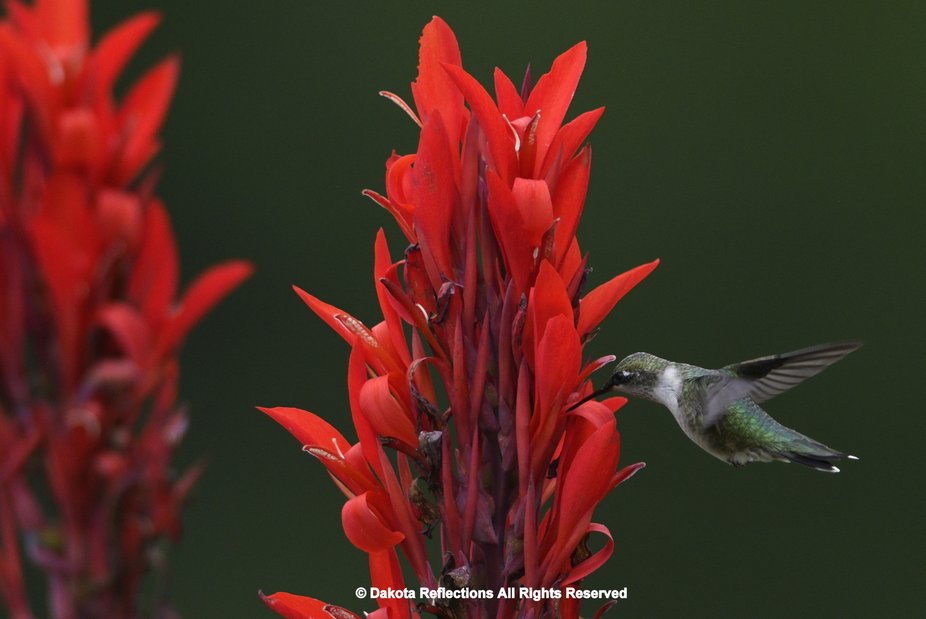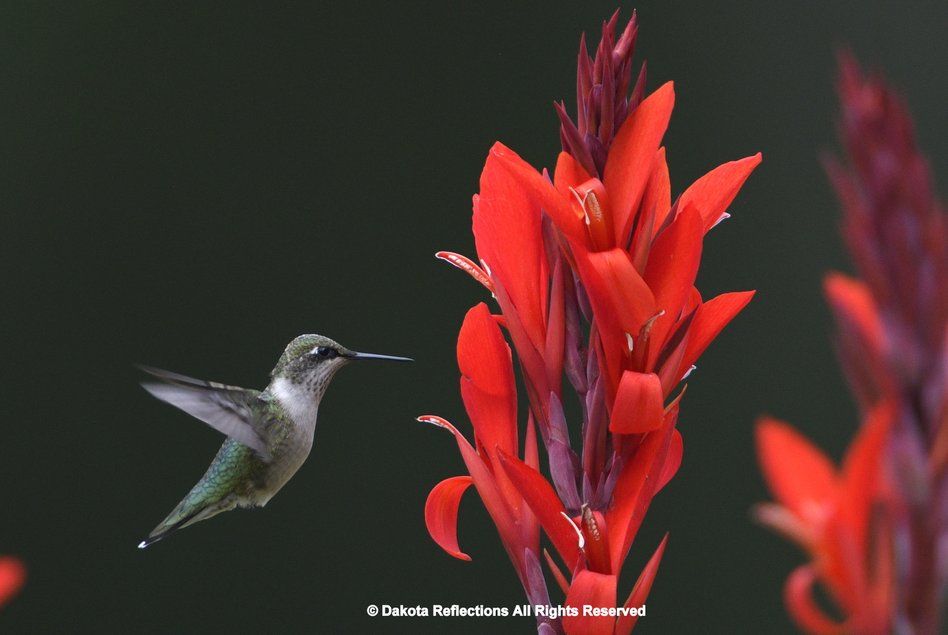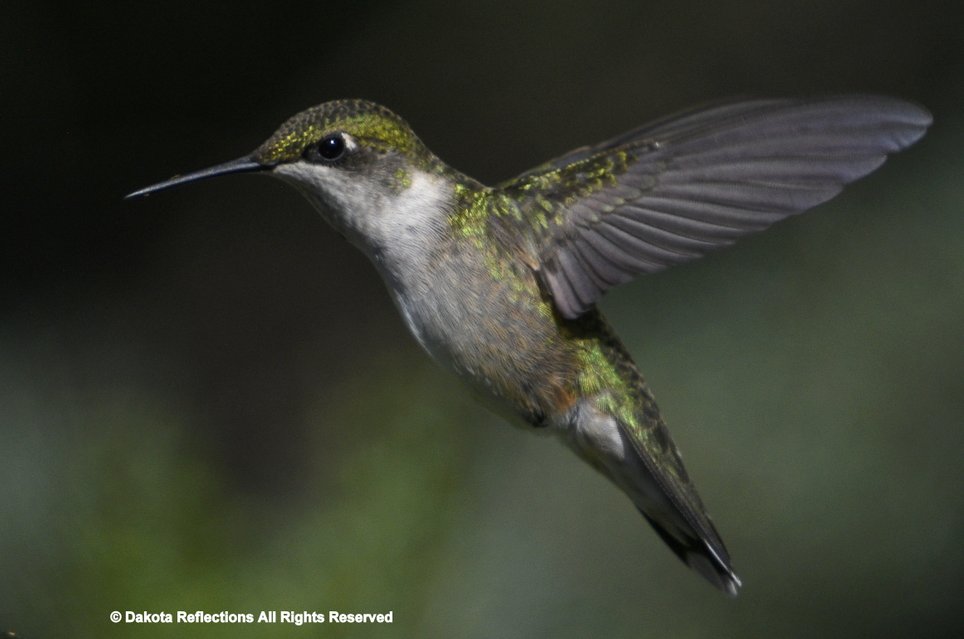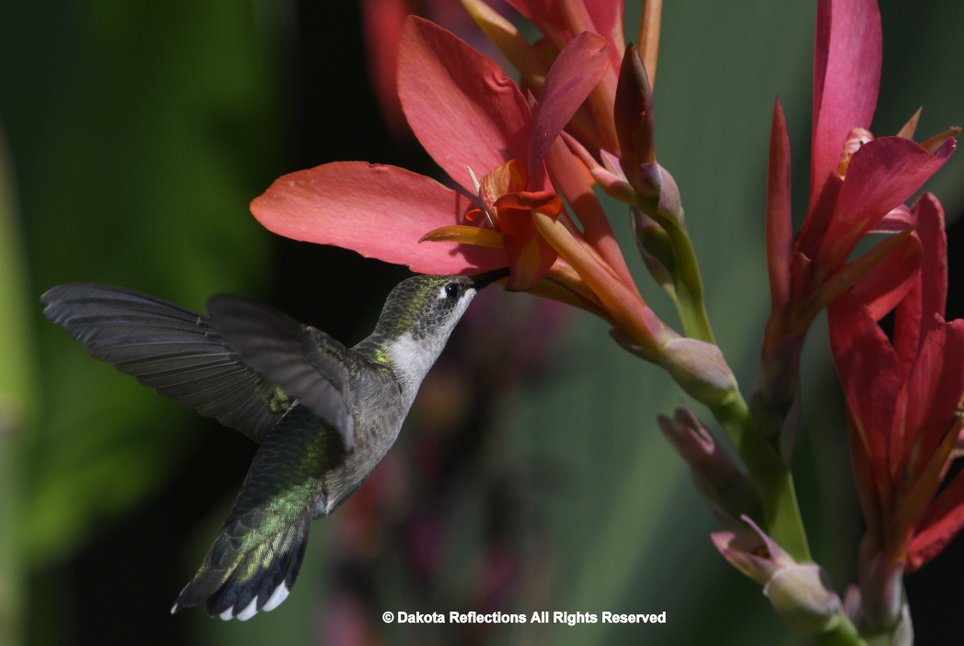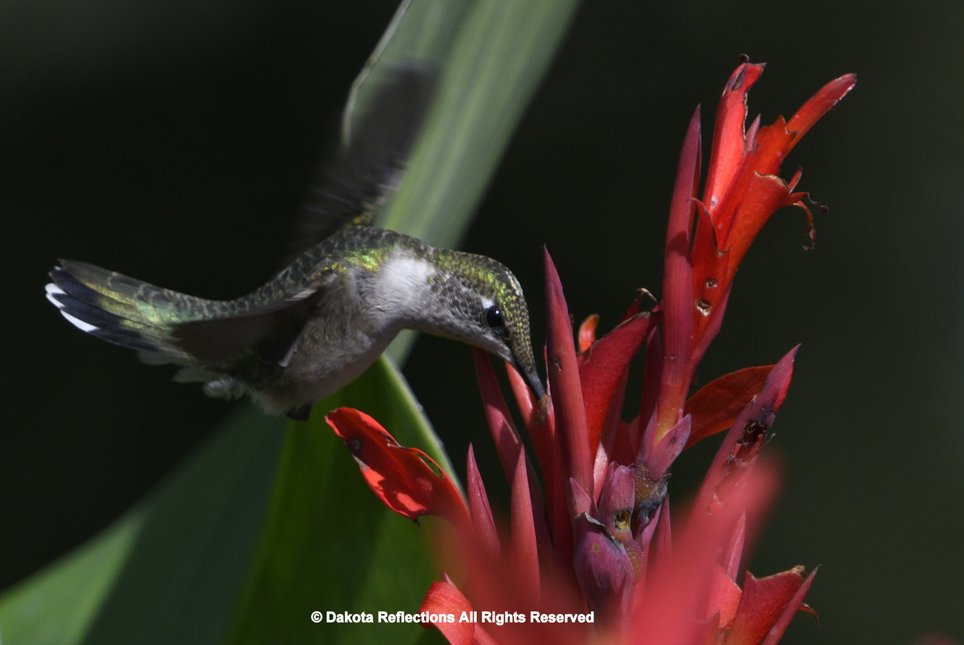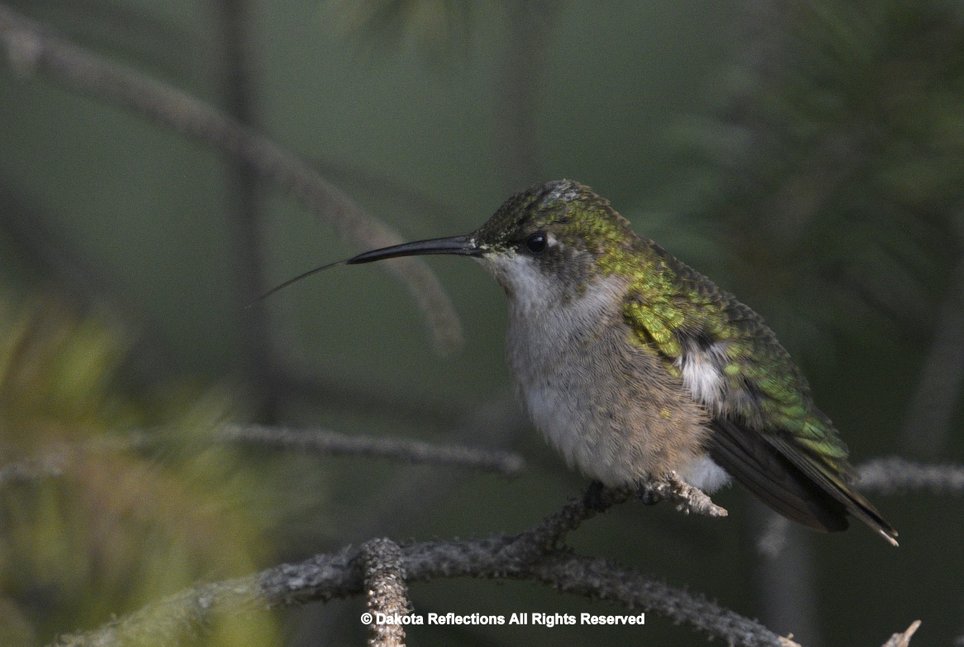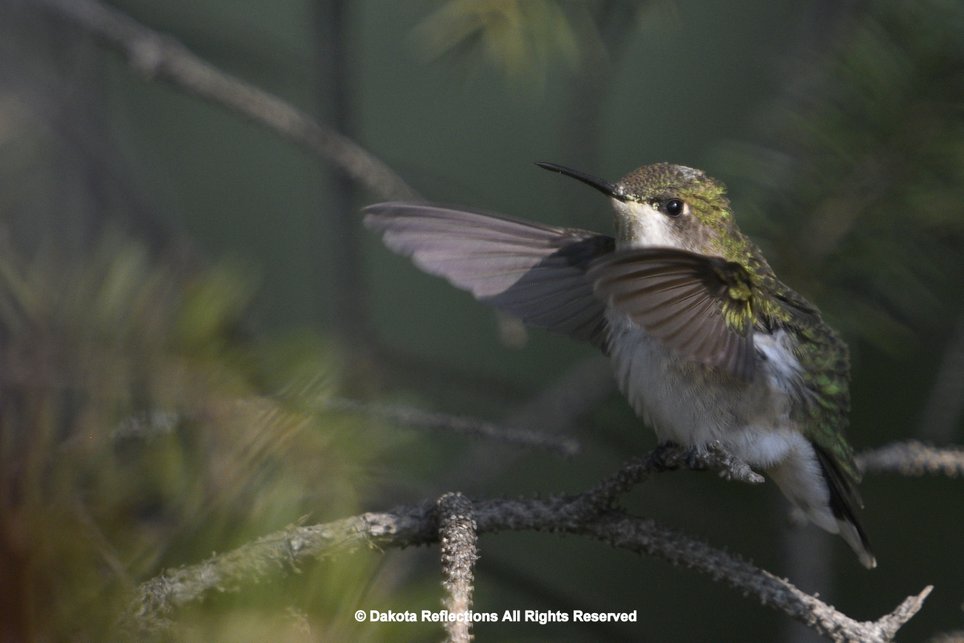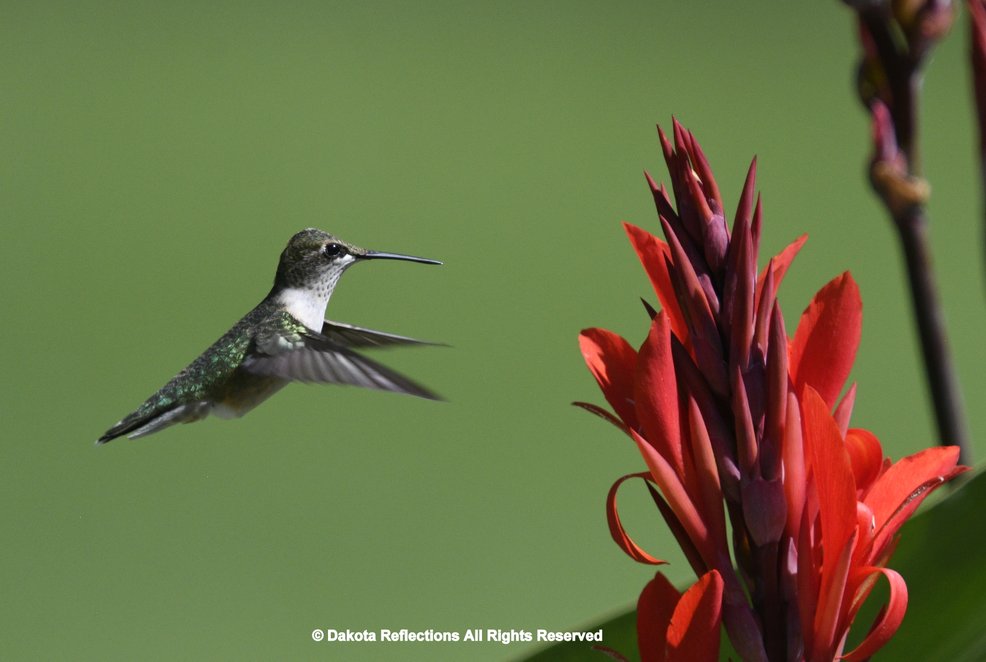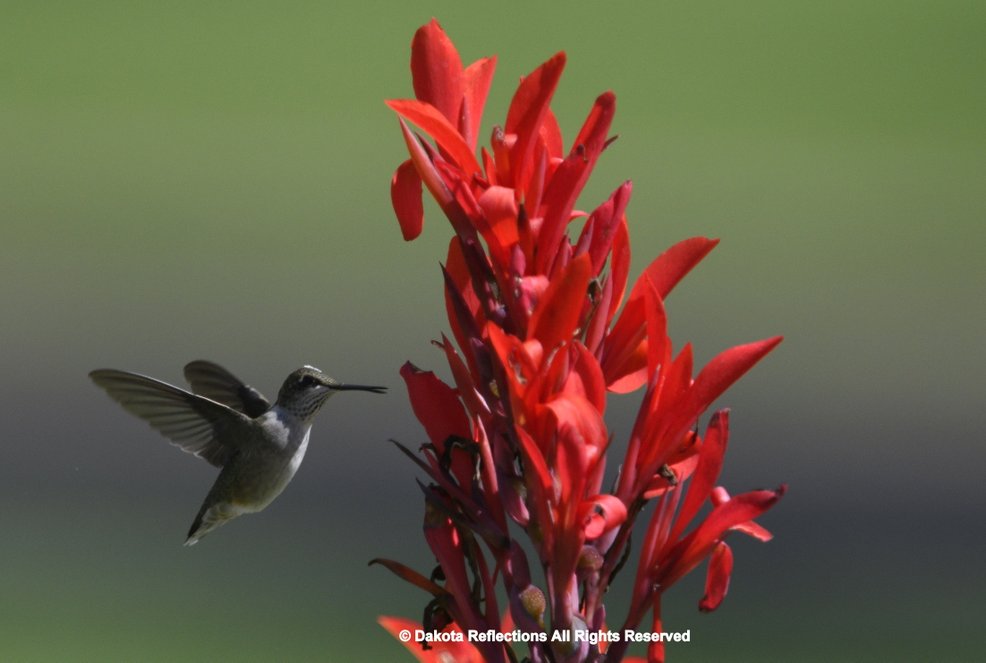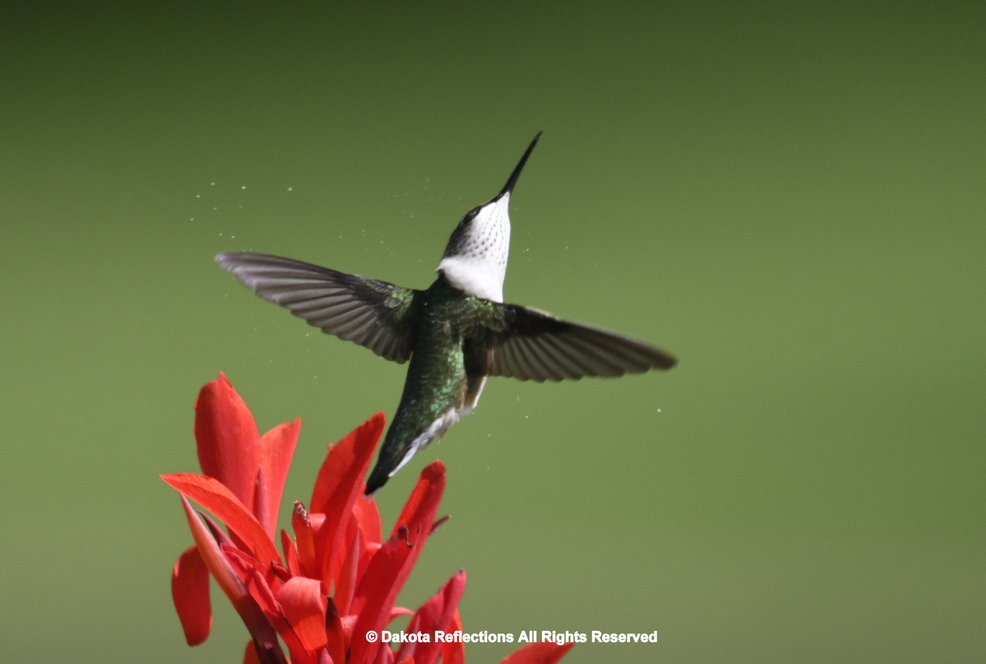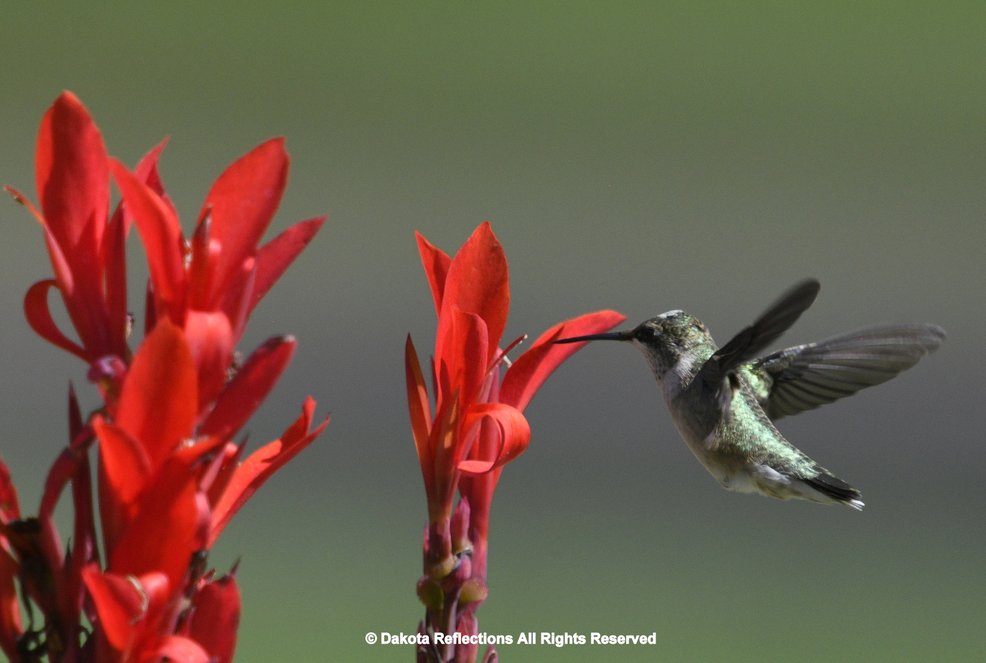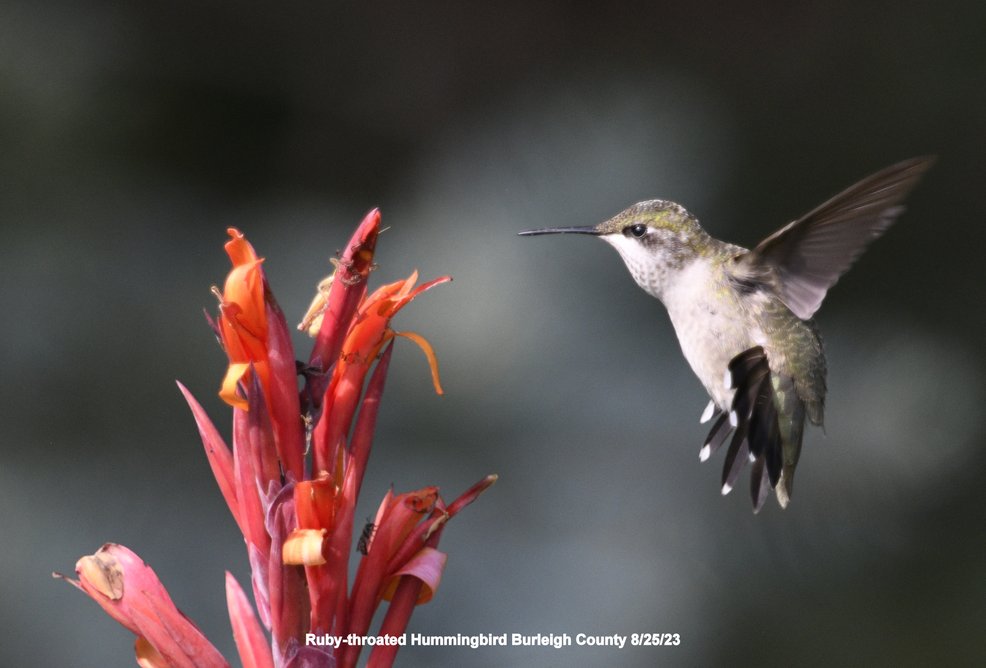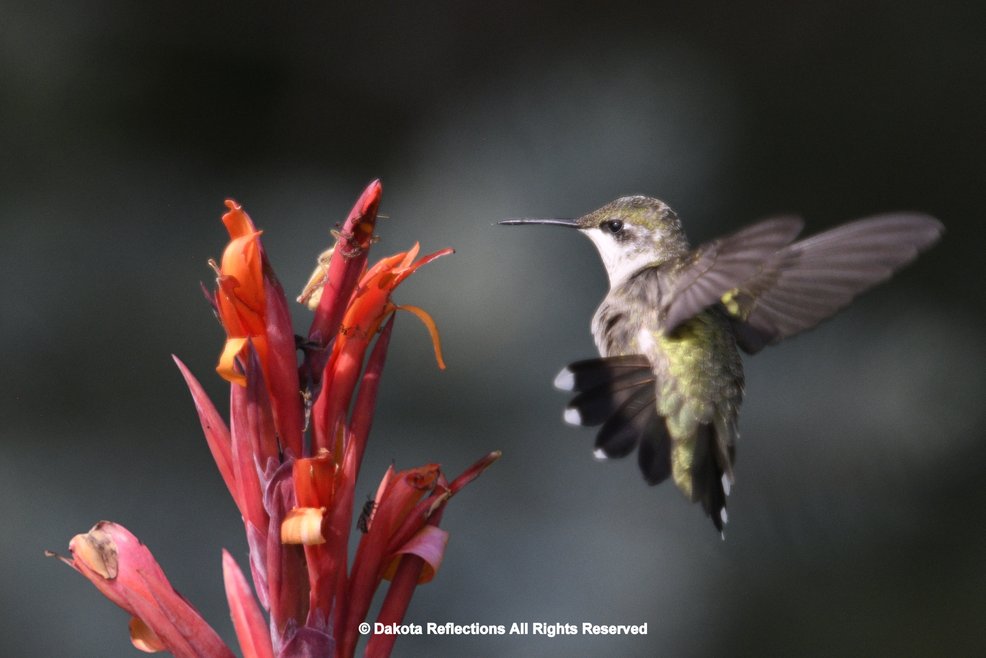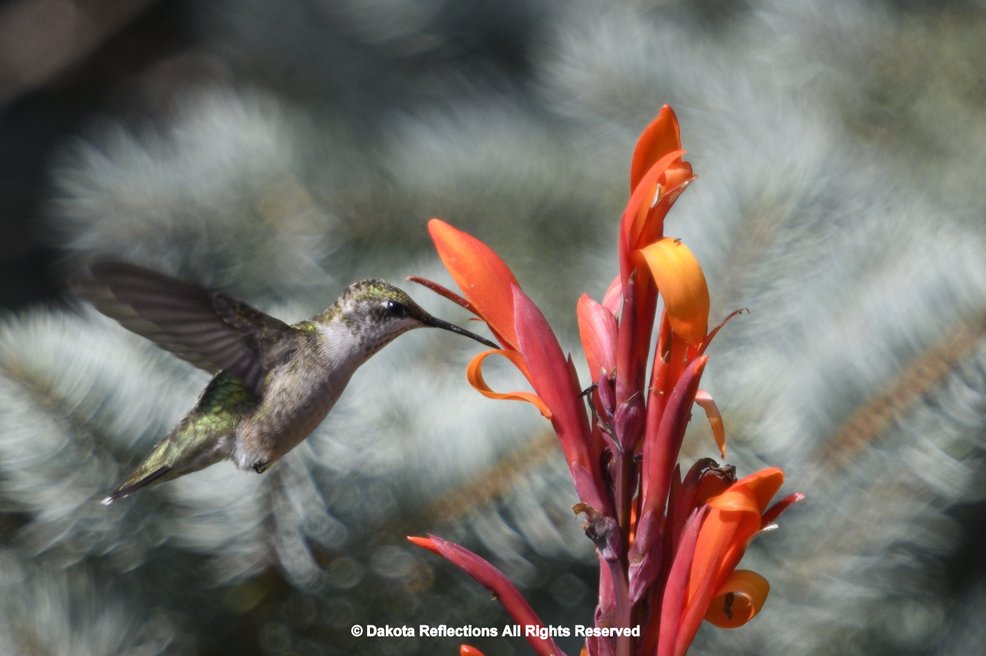Dakota Reflections
Hummingbirds
There are 338 known species of hummingbirds. The Andes Mountains have 140 species of hummingbirds. Hummingbirds feed on nectar They can hover and fly backwards and are among the smallest birds. They are extraordinary and beautiful.
Magnificent Hummingbird
San Gerardo de Dota
Costa Rica
Ruby-throated Hummingbird
Ruby-throated Hummingbird
Mandan Agricultural Research Station, Morton County
August 16, 2020
Ruby-throated Hummingbird
Mandan Agricultural Research Station, Morton County
Photo of the Day- August 16, 2020
Ruby-throated Hummingbird
Mandan Agricultural Research Station, Morton County
August 16, 2020
Ruby-throated Hummingbird
Mandan Agricultural Research Station, Morton County
August 16, 2020
Ruby-throated Hummingbird
Mandan Agricultural Research Station, Morton County
August 16, 2020
Ruby-throated Hummingbird
Mandan Agricultural Research Station, Morton County
August 17, 2020
Ruby-throated Hummingbird
Mandan Agricultural Research Station, Morton County
August 17, 2020
Ruby-throated Hummingbird
Mandan Agricultural Research Station, Morton County
Photo of the Day- August 17, 2020
Ruby-throated Hummingbird
Mandan Agricultural Research Station, Morton County
August 17, 2020
Ruby-throated Hummingbird
Mandan Agricultural Research Station, Morton County
August 17, 2020
Ruby-throated Hummingbird
Mandan Agricultural Research Station, Morton County
August 17, 2020
Ruby-throated Hummingbird
Mandan Agricultural Research Station, Morton County
August 17, 2020
Ruby-throated Hummingbird
Mandan Agricultural Research Station, Morton County
August 17, 2020
The ruby-throated hummingbird is a species of hummingbird that generally spends the winter in Central America, Mexico, and Florida, and migrates to Canada and other parts of Eastern North America for the summer to breed. It is by far the most common hummingbird seen east of the Mississippi River in North America.
This hummingbird is from 7 to 9 cm (2.8 to 3.5 in) long and has an 8 to 11 cm (3.1 to 4.3 in) wingspan. Weight can range from 2 to 6 g (0.071 to 0.212 oz), with males averaging 3.4 g (0.12 oz) against the slightly larger female which averages 3.8 g (0.13 oz). Adults are metallic green above and grayish white below, with near-black wings. Their bill, at up to 2 cm (0.79 in), is long, straight, and very slender. As in all hummingbirds, the toes and feet of this species are quite small, with a middle toe of around 0.6 cm (0.24 in) and a tarsus of approximately 0.4 cm (0.16 in). The ruby-throated hummingbird can only shuffle if it wants to move along a branch, though it can scratch its head and neck with its feet.
The species is sexually dimorphic. The adult male has a gorget (throat patch) of iridescent ruby red bordered narrowly with velvety black on the upper margin and a forked black tail with a faint violet sheen. The red iridescence is highly directional and appears dull black from many angles. The female has a notched tail with outer feathers banded in green, black, and white and a white throat that may be plain or lightly marked with dusky streaks or stipples. Males are smaller than females and have slightly shorter bills. Juvenile males resemble adult females, though usually with heavier throat markings
The breeding habitat is throughout most of the Eastern United States and south-central and southeastern Canada in deciduous and pine forests and forest edges, orchards, and gardens. The female builds a nest in a protected location in a shrub or a tree. Of all hummingbirds in the United States, this species has the largest breeding range. The ruby-throated hummingbird is migratory, spending most of the winter in Florida, southern Mexico and Central America, as far south as extreme western Panama, and the West Indies. During migration, some birds embark on a nonstop 900-mile journey across the Gulf of Mexico and Caribbean from Panama or Mexico to the eastern United States. The bird breeds throughout the eastern United States, east of the 100th meridian, and in southern Canada, particularly Ontario, in eastern and mixed deciduous and broadleaved forest. In winter, it is seen mostly in Mexico and Florida.
As part of their spring migration, portions of the population fly from the Yucatan peninsula of Mexico across the Gulf of Mexico, arriving first in Florida and Louisiana. This feat is impressive, as an 800 km (500 mi), non-stop flight over water would seemingly require a caloric energy that far exceeds an adult hummingbird's body weight of 3 g (0.11 oz). However, researchers discovered the tiny birds can double their fat mass in preparation for their Gulf crossing, then expend the entire calorie reserve from fat during the 20-hour non-stop crossing when food and water are unavailable. Hummingbirds have one of the highest metabolic rates of any animal, with heart rates up to 1260 beats per minute, breathing rate of about 250 breaths per minute even at rest, and oxygen consumption of about 4 ml oxygen/g/hour at rest. During flight, hummingbird oxygen consumption per gram of muscle tissue is approximately 10 times higher than that seen for elite human athletes. They feed frequently while active during the day. When temperatures drop, particularly on cold nights, they may conserve energy by entering hypothermic torpor.
Hummingbirds have many skeletal and flight muscle adaptations which allow great agility in flight. Muscles make up 25–30% of their body weight, and they have long, blade-like wings that, unlike the wings of other birds, connect to the body only from the shoulder joint. This adaptation allows the wing to rotate almost 180°, enabling the bird to fly not only forward but backward, and to hover in mid-air, flight capabilities that are similar to insects and unique among birds.
Nectar from flowers and flowering trees, as well as small insects and spiders, are its main food. Although hummingbirds are well known to feed on nectar, small arthropods are an important source part of protein, minerals, and vitamins in the diet of adult hummingbirds. Hummingbirds show a slight preference for red, orange, and bright pink tubular flowers as nectar sources, though flowers not adapted to hummingbird pollination (e.g., willow catkins) are also visited. Their diet may also occasionally include sugar-rich tree sap taken from sapsucker wells. The birds feed from flowers using a long, extendable tongue and catch insects on the wing or glean them from flowers, leaves, bark, and spiders' webs. Young birds are fed insects for protein since nectar is an insufficient source of protein for the growing birds.
The nest is usually constructed on a small, downward-sloping tree limb 3.1 to 12.2 m (10 to 40 ft) feet above the ground. Favored trees are usually deciduous, such as oak, hornbeam, birch, poplar or hackberry, although pines have also been used. The nest is composed of bud scales, with lichen on the exterior, bound with spider's silk, and lined with fibers such as plant down (often dandelion or thistle down) and animal hair. Most nests are well camouflaged. Old nests may be occupied for several seasons, but are repaired annually. As in all known hummingbird species, the female alone constructs the nest and cares for the eggs and young. Females lay two (with a range of 1 to 3) white eggs about 12.9 mm × 8.5 mm (0.51 in × 0.33 in) in size and produce one to two broods each summer. They brood the chicks over a period of 12 to 14 days, by which point they are feathered and homeothermic. The female feeds the chicks from 1 to 3 times every hour by regurgitation, usually while the female continues hovering. When they are 18 to 22 days old, the young leave the nest and make their first flight.
The oldest known ruby-throated hummingbird to be banded was 9 years and 1 month of age. Almost all hummingbirds of 7 years or more in age are females, with males rarely surviving past 5 years of age. Reasons for higher mortality in males may include loss of weight during the breeding season due to the high energetic demands of defending a territory followed by energetically costly migration.
https://en.wikipedia.org/wiki/Ruby-throated_hummingbird
Ruby-throated Hummingbird
Mandan Agricultural Research Station, Morton County
August 29, 2020
Ruby-throated Hummingbird
Mandan Agricultural Research Station, Morton County
August 29, 2020
Ruby-throated Hummingbird
Mandan Agricultural Research Station, Morton County
August 29, 2020
Ruby-throated Hummingbird
Mandan Agricultural Research Station, Morton County
August 29, 2020
Ruby-throated Hummingbird
Mandan Agricultural Research Station, Morton County
August 29, 2020
Ruby-throated Hummingbird
Mandan Agricultural Research Station, Morton County
August 29, 2020
Ruby-throated Hummingbird
Mandan Agricultural Research Station, Morton County
August 29, 2020
Ruby-throated Hummingbird
Mandan Agricultural Research Station, Morton County
Photo of the Day- August 29, 2020
Ruby-throated Hummingbird
Mandan Agricultural Research Station, Morton County
August 29, 2020
Ruby-throated Hummingbird
Mandan Agricultural Research Station, Morton County
August 29, 2020
Ruby-throated Hummingbird
Burleigh County
August 12, 2021
Ruby-throated Hummingbird
Burleigh County
August 12, 2021
Ruby-throated Hummingbird
Burleigh County
August 12, 2021
Ruby-throated Hummingbird
Burleigh County
August 12, 2021
Ruby-throated Hummingbird
Burleigh County
August 12, 2021
Ruby-throated Hummingbird
Burleigh County
August 13, 2021
Ruby-throated Hummingbird
Burleigh County
August 13, 2021
Ruby-throated Hummingbird
Burleigh County
August 13, 2021
Ruby-throated Hummingbird
Burleigh County
August 13, 2021
Ruby-throated Hummingbird
Burleigh County
August 13, 2021
Ruby-throated Hummingbird
Burleigh County
September 5, 2021
Ruby-throated Hummingbird
Burleigh County
September 5, 2021
Ruby-throated Hummingbird
Burleigh County
September 5, 2021
Ruby-throated Hummingbird
Burleigh County
September 5, 2021
Ruby-throated Hummingbird
Burleigh County
September 5, 2021
Ruby-throated Hummingbird
Burleigh County
September 5, 2021
Ruby-throated Hummingbird
Burleigh County
September 5, 2021
Shaking of the Dust (Pollen) While Flying!
Ruby-throated Hummingbird
Burleigh County
September 5, 2021
Ruby-throated Hummingbird
Burleigh County
September 5, 2021
Ruby-throated Hummingbird
Burleigh County
September 5, 2021
Ruby-throated Hummingbird
Burleigh County
September 5, 2021
Ruby-throated Hummingbird
Burleigh County
September 5, 2021
Ruby-throated Hummingbird
Burleigh County
September 5, 2021
Temporarily Sharing!
Ruby-throated Hummingbirds
Burleigh County
September 5, 2021
Hummingbirds of Ecuador
Collared Inca
Guango Lodge
Ecuador
Booted Racket-tail
Tandayapa
Ecuador
Booted Racket-tail
Tandayapa
Ecuador
Collared Incas
Guango Lodge
Ecuador
Chestnut-breasted Coronet
Guango Lodge
Ecuador
Collared Inca
Guango Lodge
Ecuador
Collared Inca
Guango Lodge
Ecuador
Green Thorntail
Milpe
Ecuador
Green-crowned Brilliant
Milpe
Ecuador
Long-tailed Sylph
Guango Lodge
Ecuador
Long-tailed Sylph
Guango Lodge
Ecuador
Rufous-tailed Hummingbird
Tandayapa
Ecuador
Rufous-tailed Hummingbird
Tandayapa
Ecuador
Sword-billed Hummingbird
Guango Lodge
Ecuador
Sword-billed Hummingbird
Guango Lodge
Ecuador
Rufous-tailed Hummingbird
Tandayapa
Ecuador
Sword-billed Hummingbird
Guango Lodge
Ecuador
White-necked Jacobin
Milpe
Ecuador
White-necked Jacobin
Milpe
Ecuador
Andean Emerald
Tandayapa
Ecuador
Andean Emerald
Tandayapa
Ecuador
Buff-tailed Coronet
Tandayapa
Ecuador
Buff-tailed Coronet
Guango Lodge
Ecuador
Fawn-breasted Brilliant
Tandayapa
Ecuador
Fawn-breasted Brilliant
Tandayapa
Ecuador
Volcano Hummingbird
San Gerardo de Dota
Costa Rica
Green-crowned Woodnymph
Milpe
Ecuador
Giant Hummingbird
Antisana
Ecuador
Giant Hummingbird
Antisana
Ecuador
Purple-throated Woodstar
Tandayapa
Ecuador
Purple-throated Woodstar
Tandayapa
Ecuador
Shining Sunbeam
Antisana
Ecuador
Speckled Hummingbird
San Isidro
Ecuador
Sparkling Violetear
Quito
Ecuador
Sparkling Viotetears
Antisana
Ecuador
Tourmaline Sunangel
Guango Lodge
Ecuador
Tourmaline Sunangel
Guango Lodge
Ecuador
Western Emerald
Tandayapa
Ecuador
Western Emerald
Tandayapa
Ecuador
Buff-bellied Hummingbird
Frontera Audubon Society
Texas
Green Violetear
San Gerardo de Dota
Costa Rica
Rufous-tailed Hummingbird
Belize Zoo
Belize
White-throated Mountain-gem
San Gerardo de Dota
Costa Rica
Magnificent Hummingbird
San Gerardo de Dota
Costa Rica
2022 Photos
Great to see Back!
Ruby-throated Hummingbird
Burleigh County, North Dakota
Photo of the Day- August 26, 2022
Ruby-throated Hummingbird
Burleigh County, North Dakota
August 26, 2022
Ruby-throated Hummingbird
Burleigh County, North Dakota
August 26, 2022
Beautiful!
Ruby-throated Hummingbird
Burleigh County, North Dakota
Photo of the Day- August 28, 2022
Photo of the Month- August 2022
See the Tongue!
Ruby-throated Hummingbird
Burleigh County, North Dakota
August 28, 2022
Beautiful Detail!
Ruby-throated Hummingbird
Burleigh County, North Dakota
Photo of the Day- August 29, 2022
Ruby-throated Hummingbird
Burleigh County, North Dakota
August 29, 2022
Ruby-throated Hummingbird
Burleigh County, North Dakota
August 29, 2022
Ruby-throated Hummingbird
Burleigh County, North Dakota
August 29, 2022
Long Tongue!
Ruby-throated Hummingbird
Burleigh County, North Dakota
Photo of the Day- September 13, 2022
Got an Itch!
Ruby-throated Hummingbird
Burleigh County, North Dakota
September 13, 2022
Ruby-throated Hummingbird
Burleigh County, North Dakota
September 13, 2022
Ruby-throated Hummingbird
Burleigh County, North Dakota
September 13, 2022
2023 Photos
Ruby-throated Hummingbird
Burleigh County, North Dakota
August 14, 2023
Welcome Back!
For Second Year at our Garden!
Ruby-throated Hummingbird
Burleigh County, North Dakota
Photo of the Day- August 14, 2023
Ruby-throated Hummingbird
Burleigh County, North Dakota
August 14, 2023
Ruby-throated Hummingbird
Burleigh County, North Dakota
August 14, 2023
Ruby-throated Hummingbird
Burleigh County, North Dakota
August 14, 2023
Tail Feather in Action!
A Welcomed Visitor to our Garden!
Ruby-throated Hummingbird
Burleigh County, North Dakota
Photo of the Day- August 25, 2023
Ruby-throated Hummingbird
Burleigh County, North Dakota
August 25, 2023
Ruby-throated Hummingbird
Burleigh County, North Dakota
August 25, 2023

